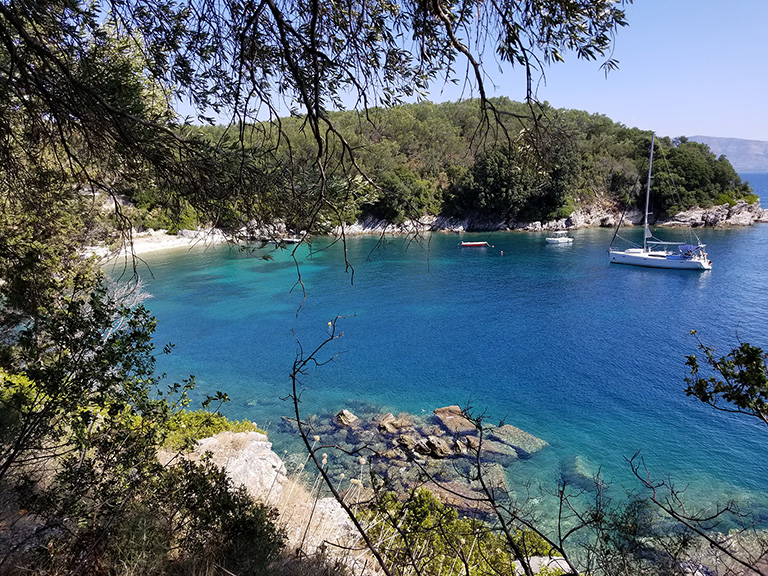

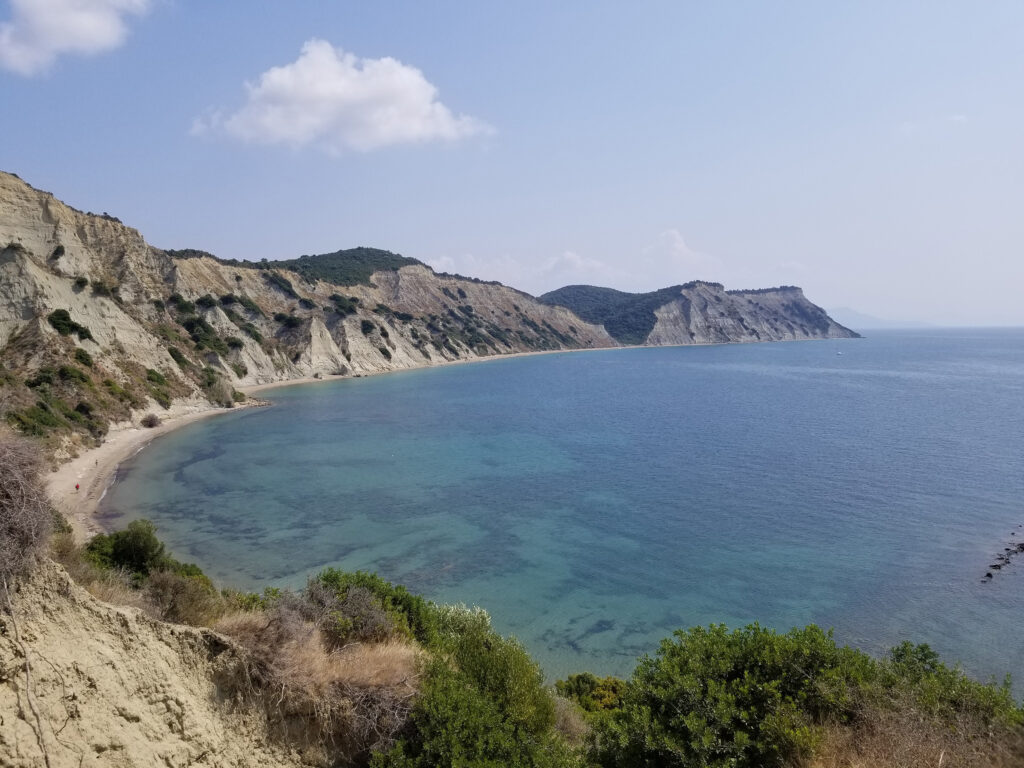
A ten-day stay in Corfu, you can start at Arkudilas beach, located in the very south of the west coast of the island. This is where the 15-20 kilometer long Arkudilas trail begins.
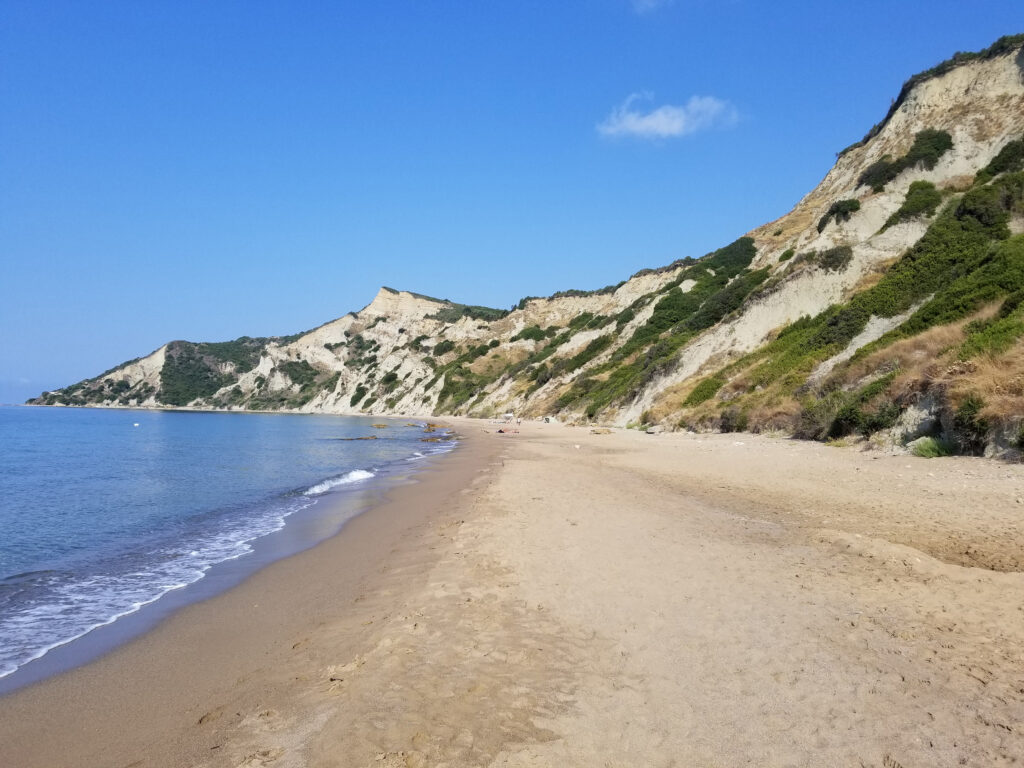
The trail leads over the beach…

…a beach bar…
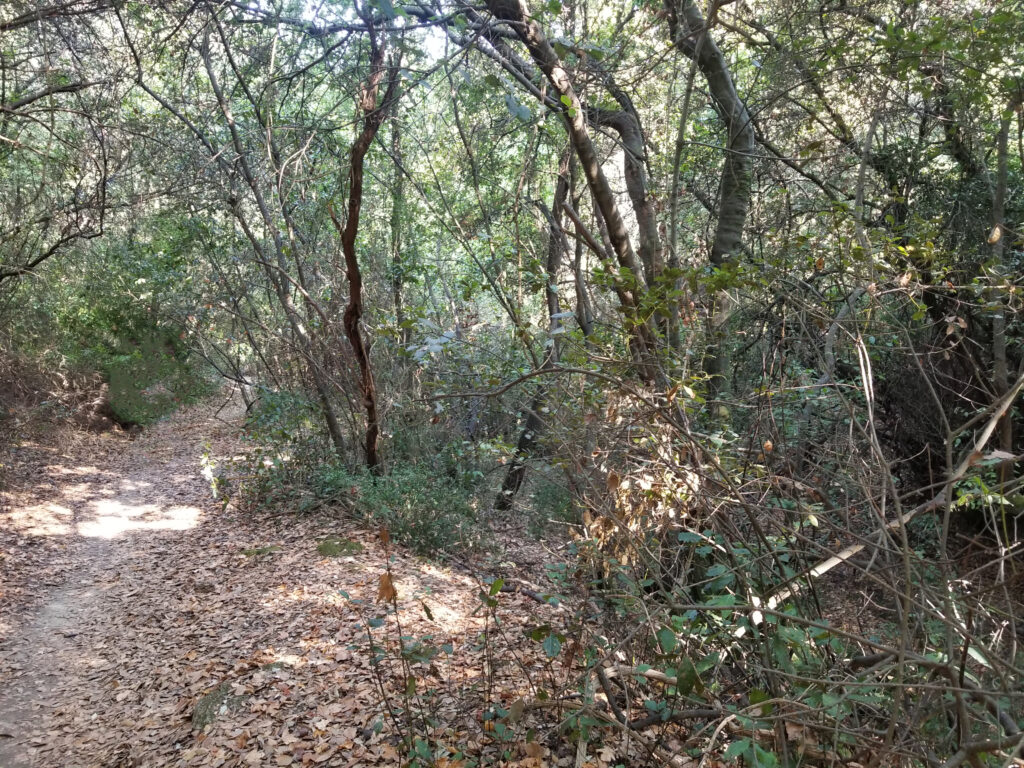
…and at one point enters to the woods.

The path takes you by abondened monestary which dates back to 17th century.
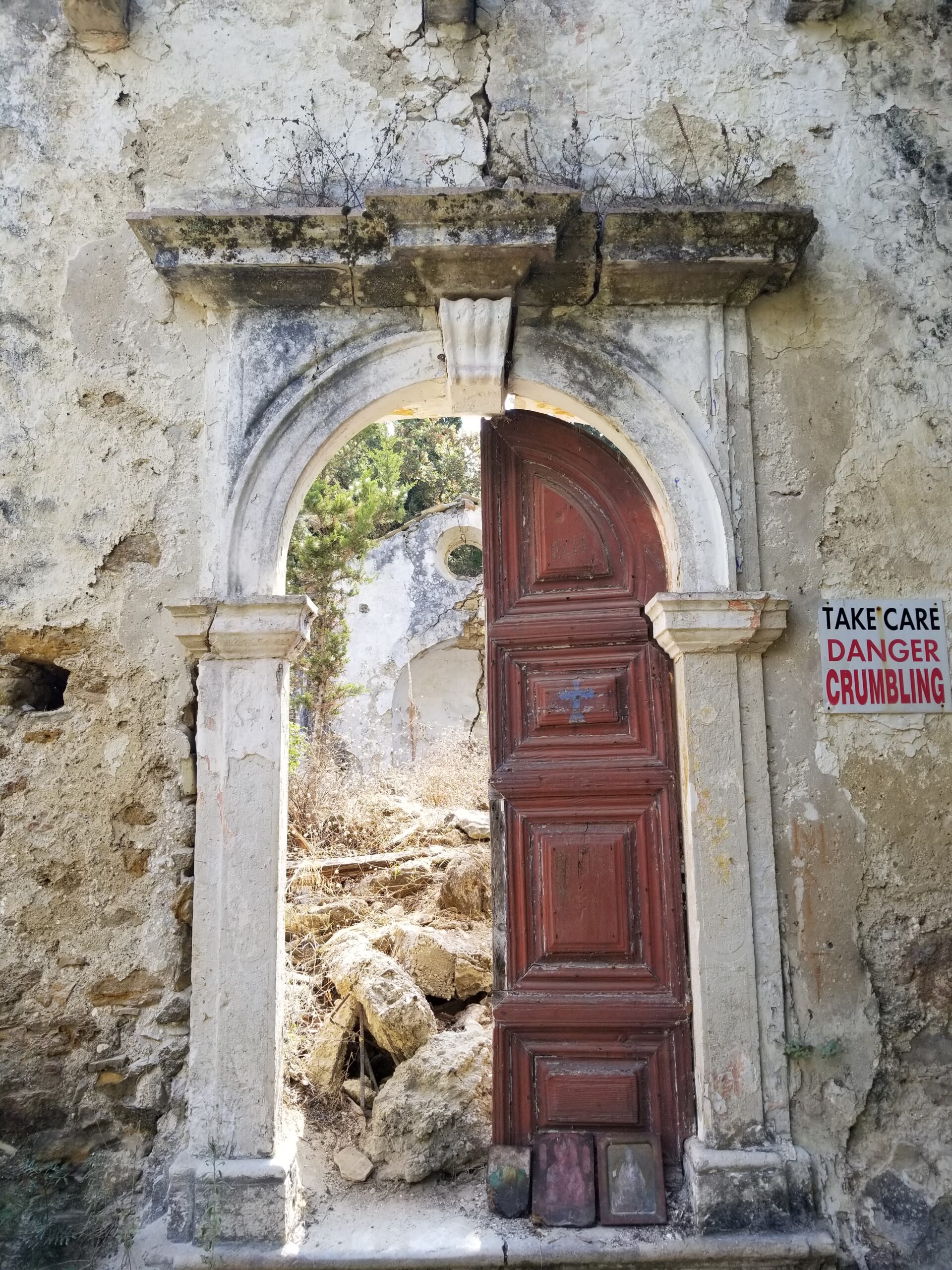
The portal of the church was made in baroque style under the influence of Venice, as it ruled the island for over 400 years, from 1386 – 1797. Throughout the island, church architecture is influenced by styles from the West, rather than those originating from the Byzantine heritage.
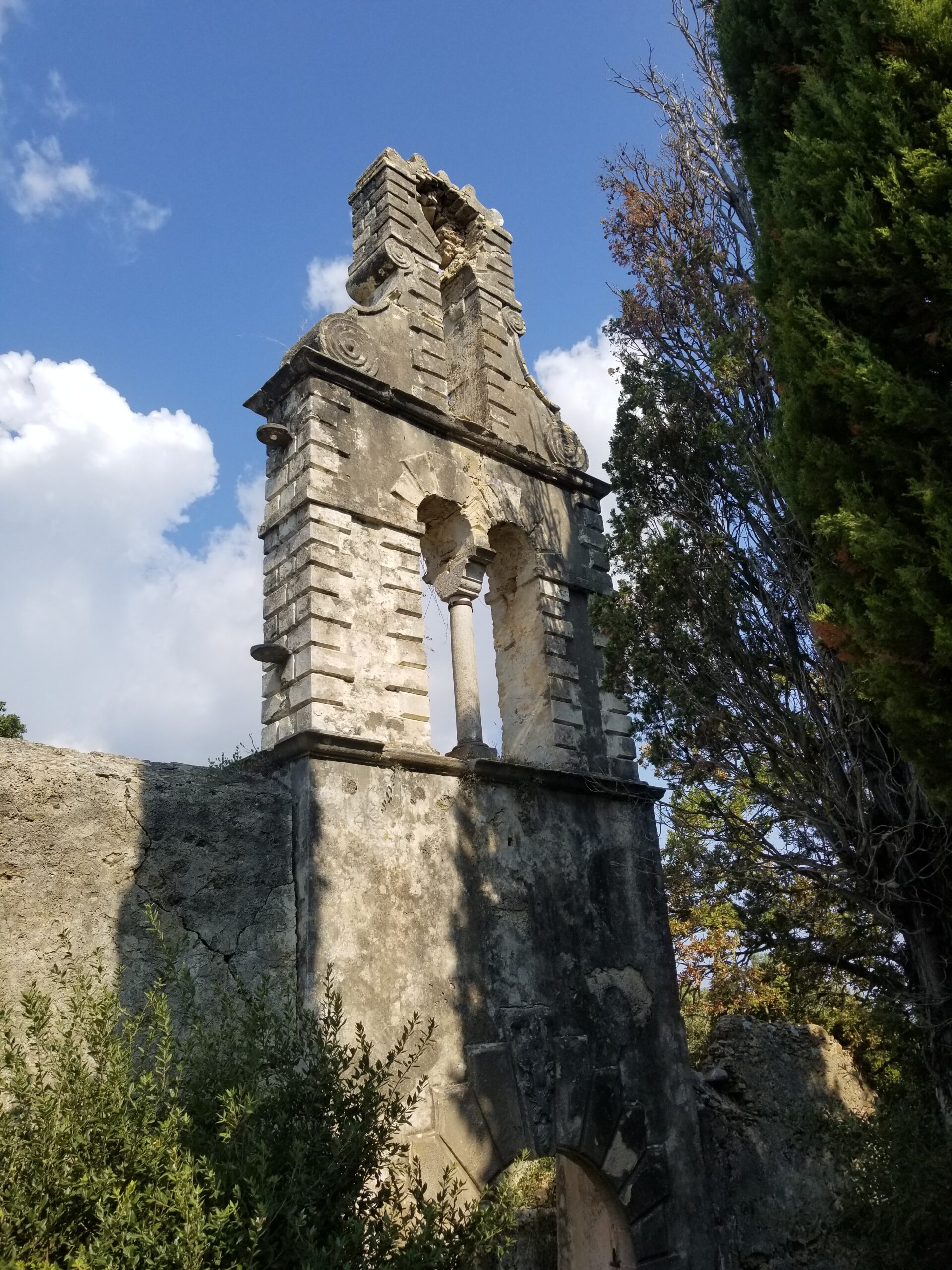
On the back side of the monastery, you can see the bell tower, characteristic of all churches in Corfu. The bell tower is separated from the church and is usually part of the fence, which in this case is the defensive wall.
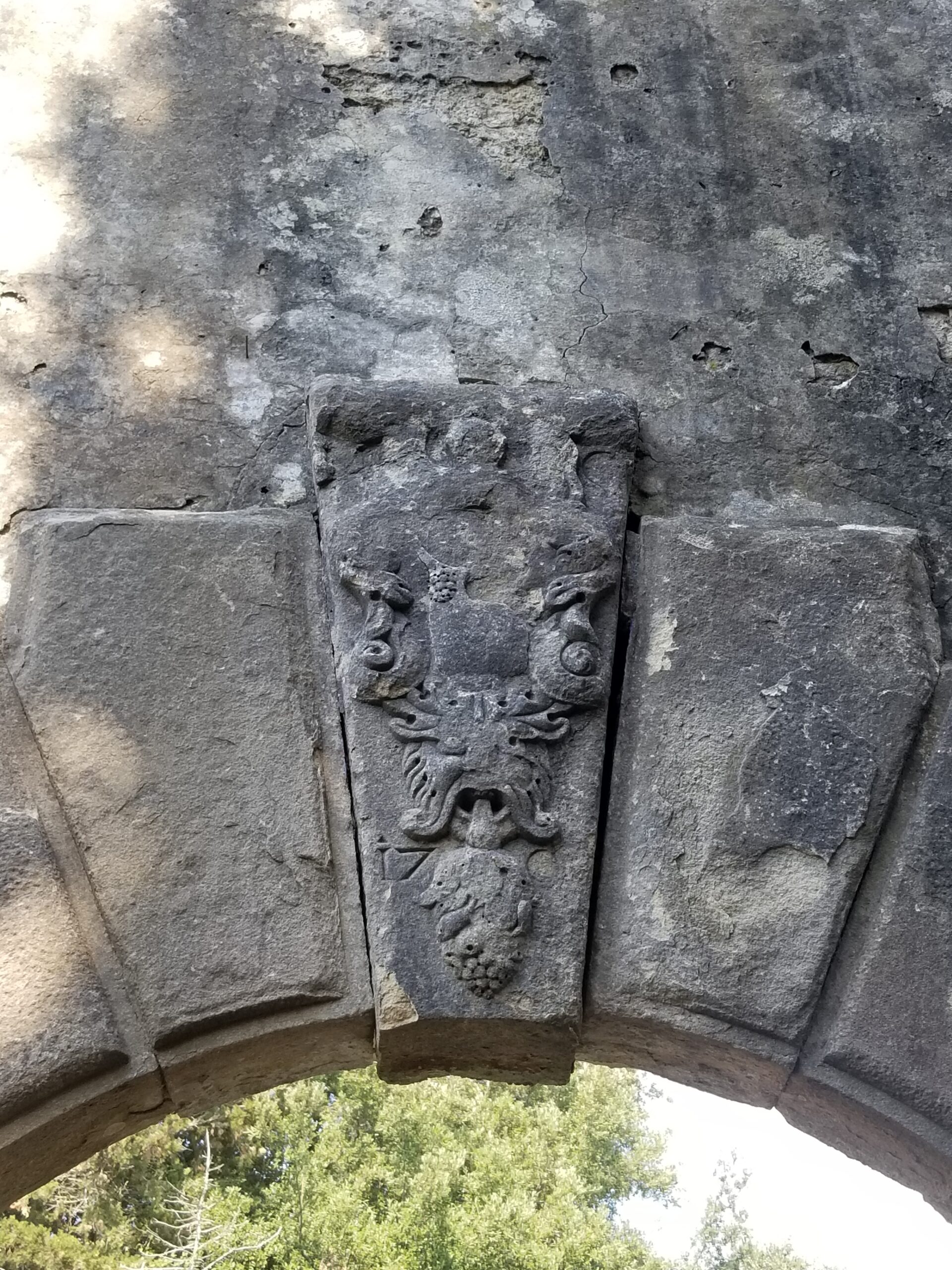
On the portal of the bell tower there is an unusual relief with the head of a crawling monster with grapes coming out of its tongue. Often reliefs can tell us unusual stories and legends, but in this case there is no information about what the relief represents.
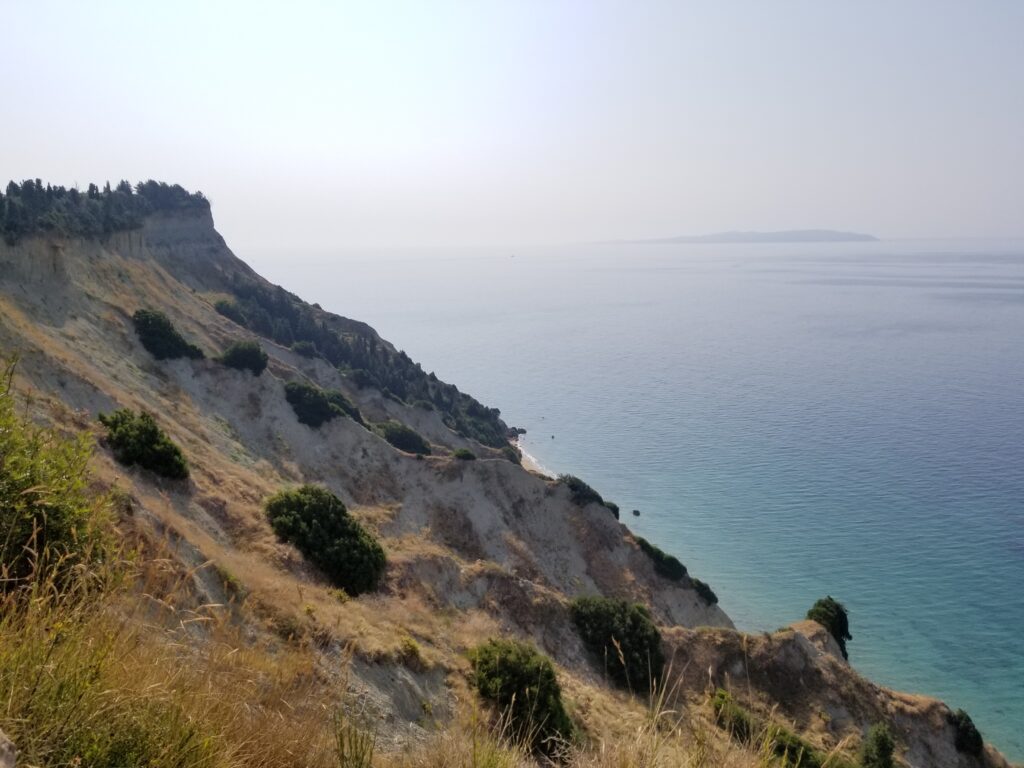
After the monastery, we reach the southernmost point of the island, Cape Asprokavos…
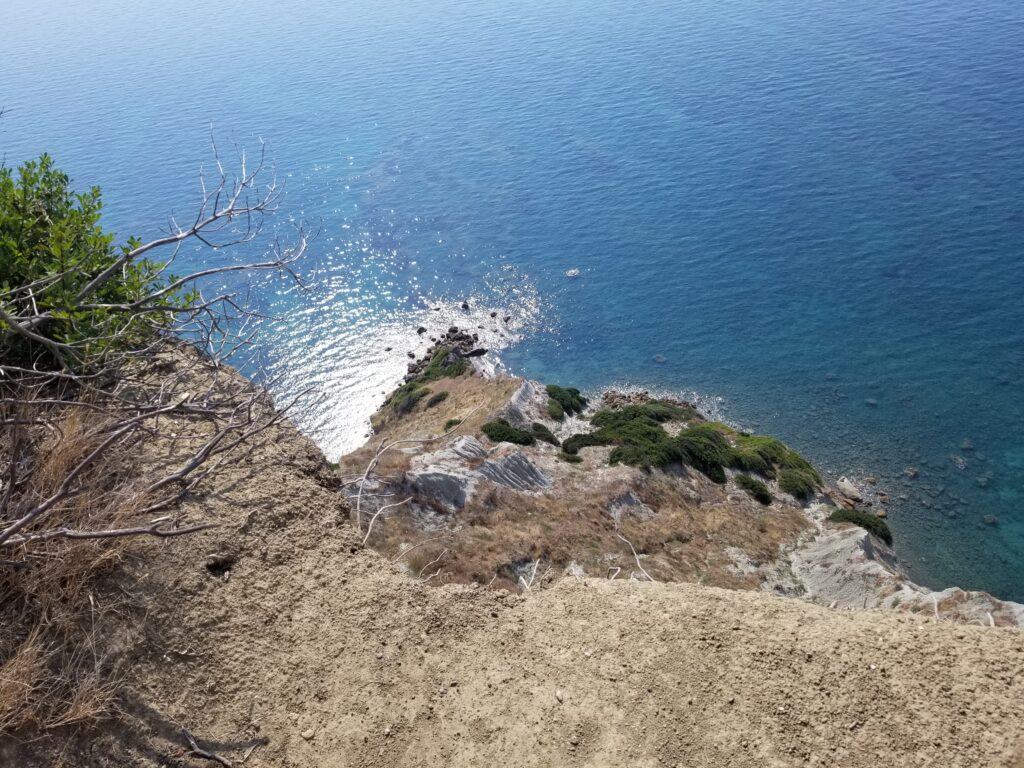
…. which raises 100 meters above the sea shore.
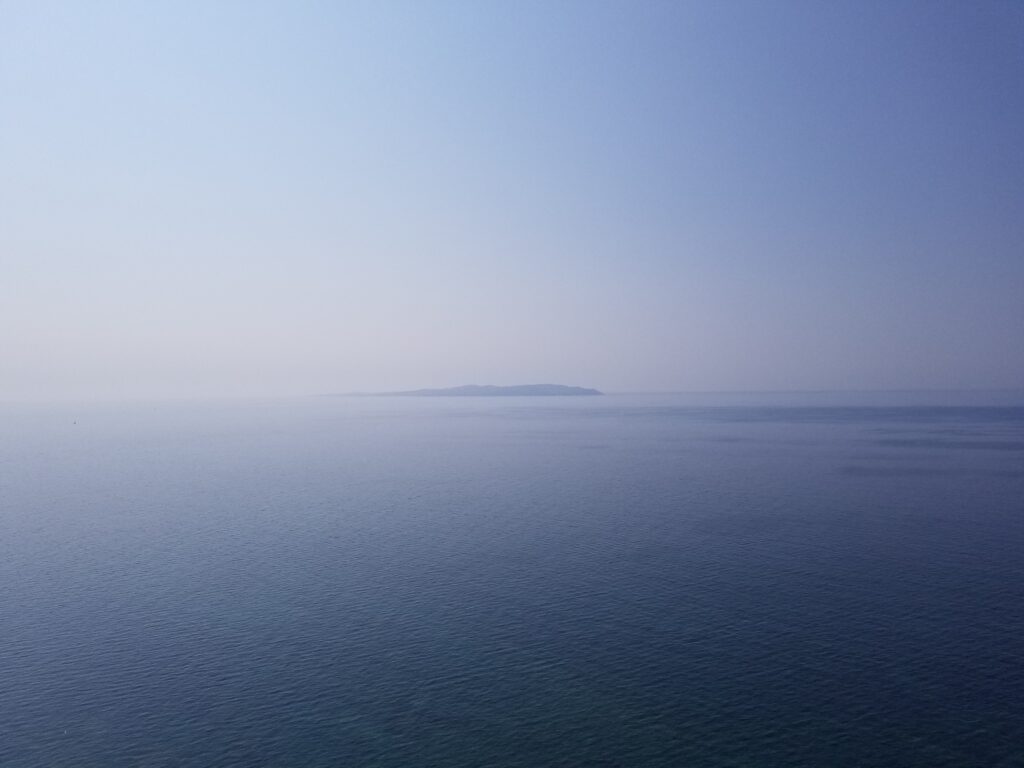
From there you can see the island of Paxos.

From the southern cape, the trail descends towards Moschopoulos Lake. We pass by plantations of olive trees. Here you can see the nets for collecting the olives. Olives are not picked from the trees, but are waited for to fall by themselves. They usually fall off in February, as the winds are very strong at that time.

Moschopoulos Lake is one of few fresh water lakes on the island.

The trail passes by village huts and then descends to the starting point.
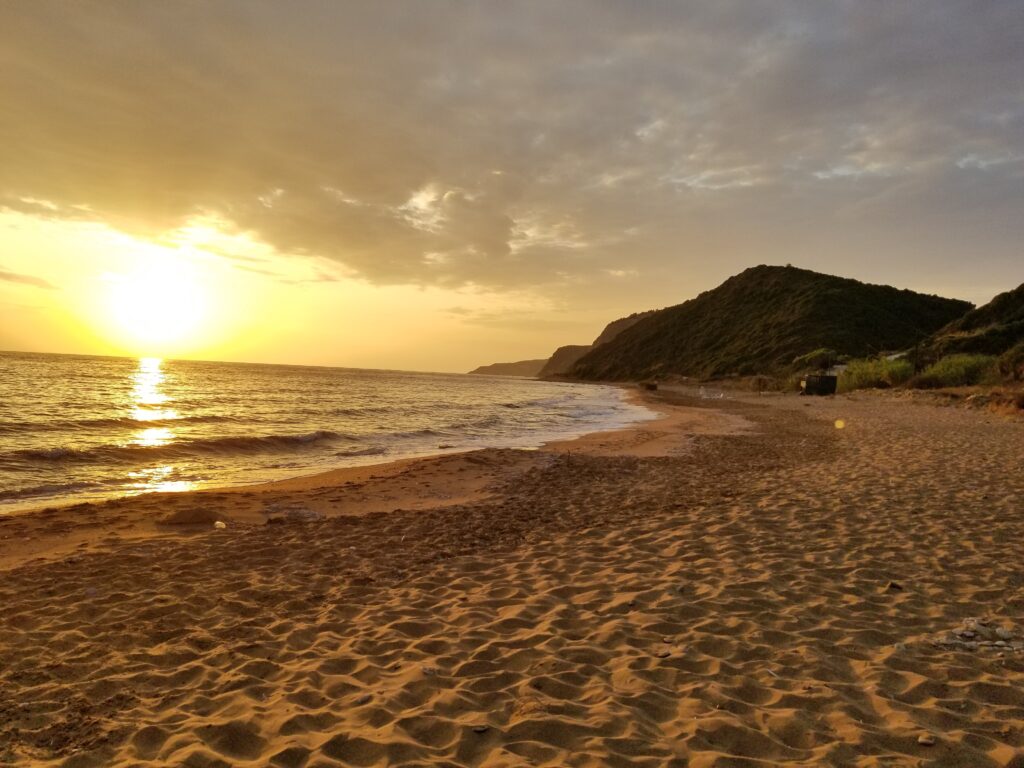
Next to the Arkudi beach lies the Kanuli beach….
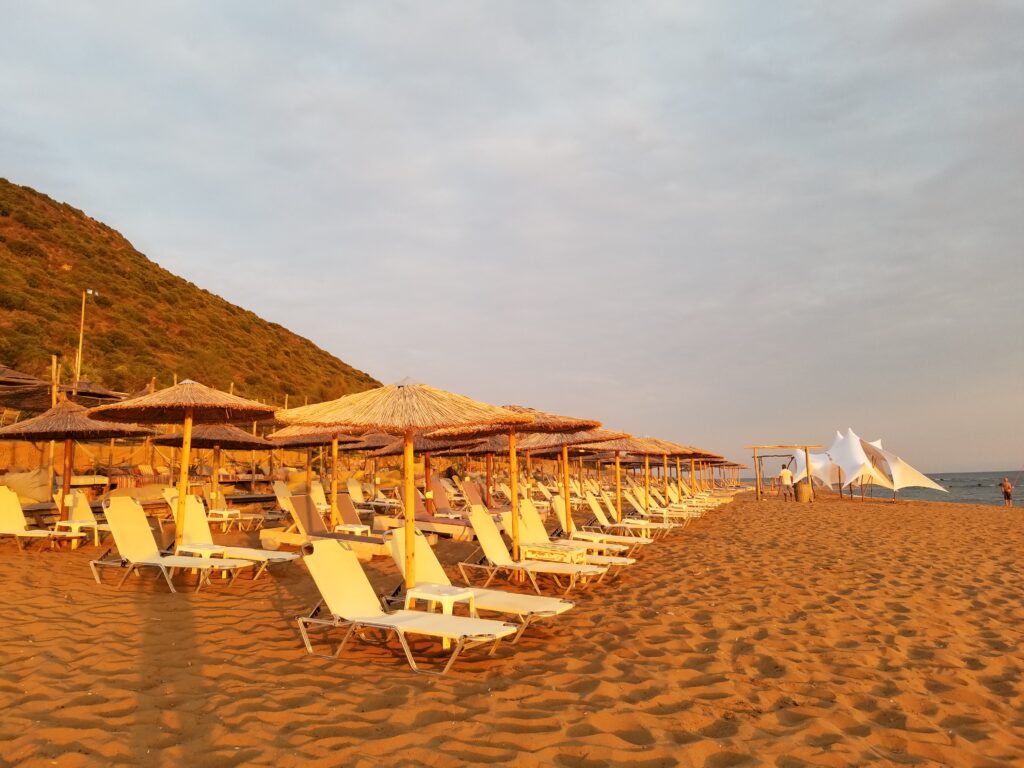
….with a very nice beach bar.

On the second day, from the extreme southwest, we suggest you move to the northeast coast of Corfu. The first in line is a small nameless beach near Kalami, which can be reached by a steep path.

Next in line is the town of Kalami, with the beach of the same name. The White House of the Darrell family is located in Kalami, where the British writer Lawrence Darrell lived with his family during the 1930s. Kalami today…
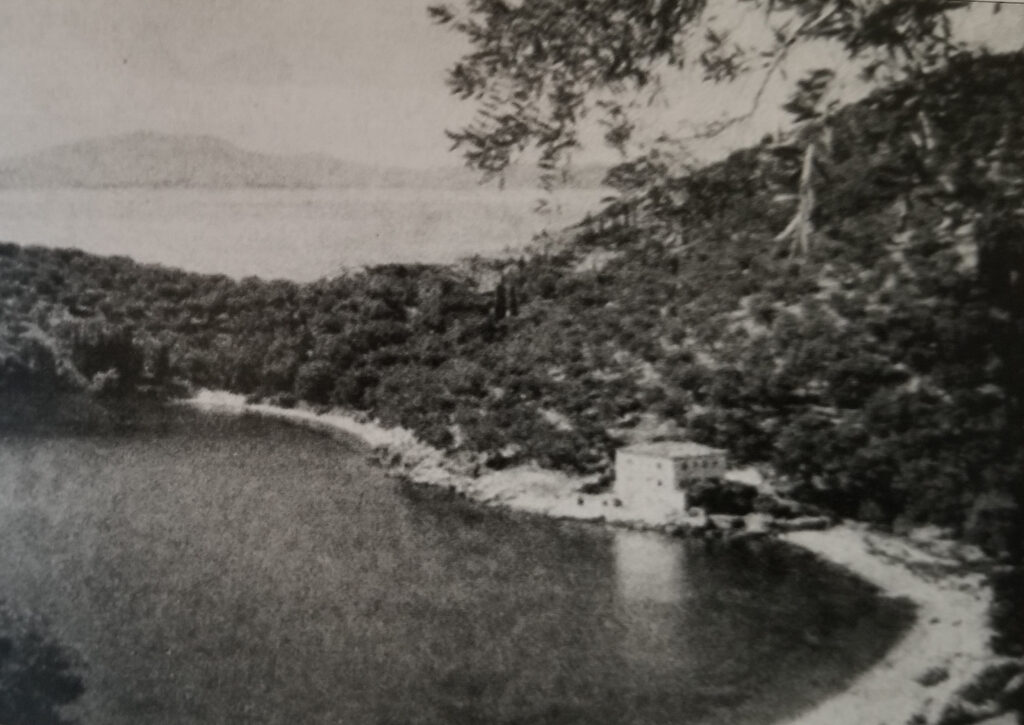
…and Kalami with the White House during the 50s from Darrell’s book Prospero’s Cave.

The White House of the British writer Lawrence Durrell still exists today. He was visited in this house by many famous artists, including the American writer Henry Miller.
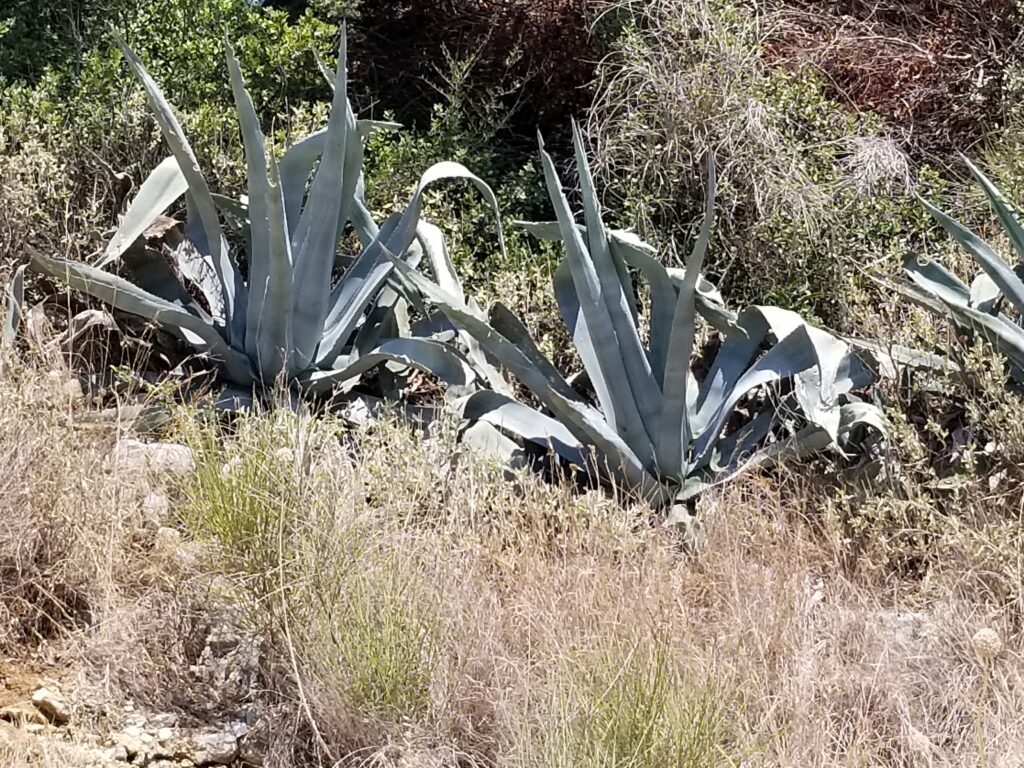
American agave grows along the road, which is grown all over the Mediterranean.

Prickly pear or Indian fig belongs to the cactus family. It originates from Mexico and was brought to Europe in the 16th century, and as an invasive species spread throughout the Mediterranean. Indian fig fruits can be eaten raw, but are full of sharp needles.

There is a pedestrian path from Kalami to Galiskari beach.

From Galiskari beach, continue further towards Agni beach.
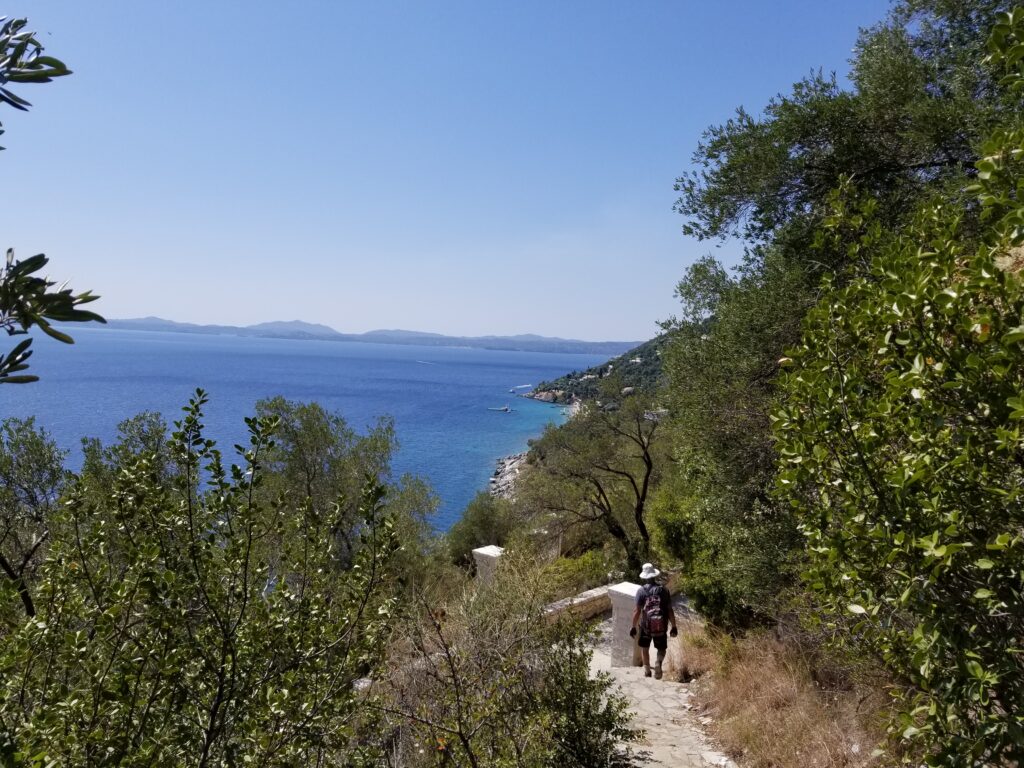
Further on from Agni beach the path leads to Krouzeri beach.
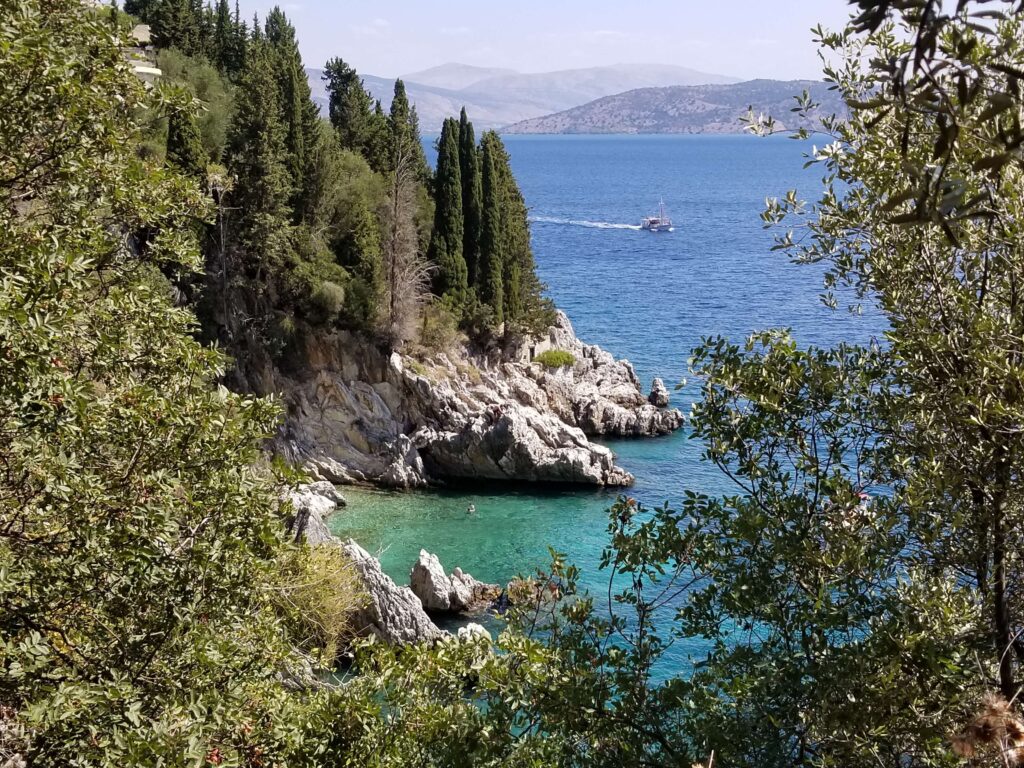
Above the path you can see beautiful coves that can only be reached by sea.
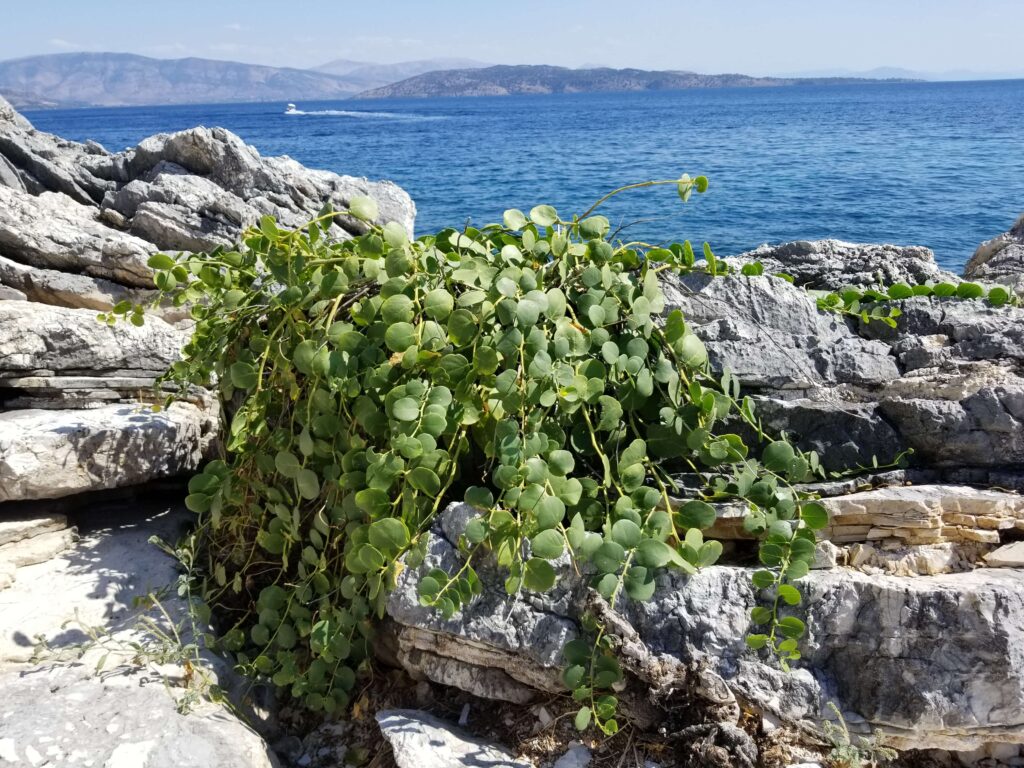
Caper is a plant that often grows out of rocks. Its flower buds are a very popular spice in the Mediterranean world.
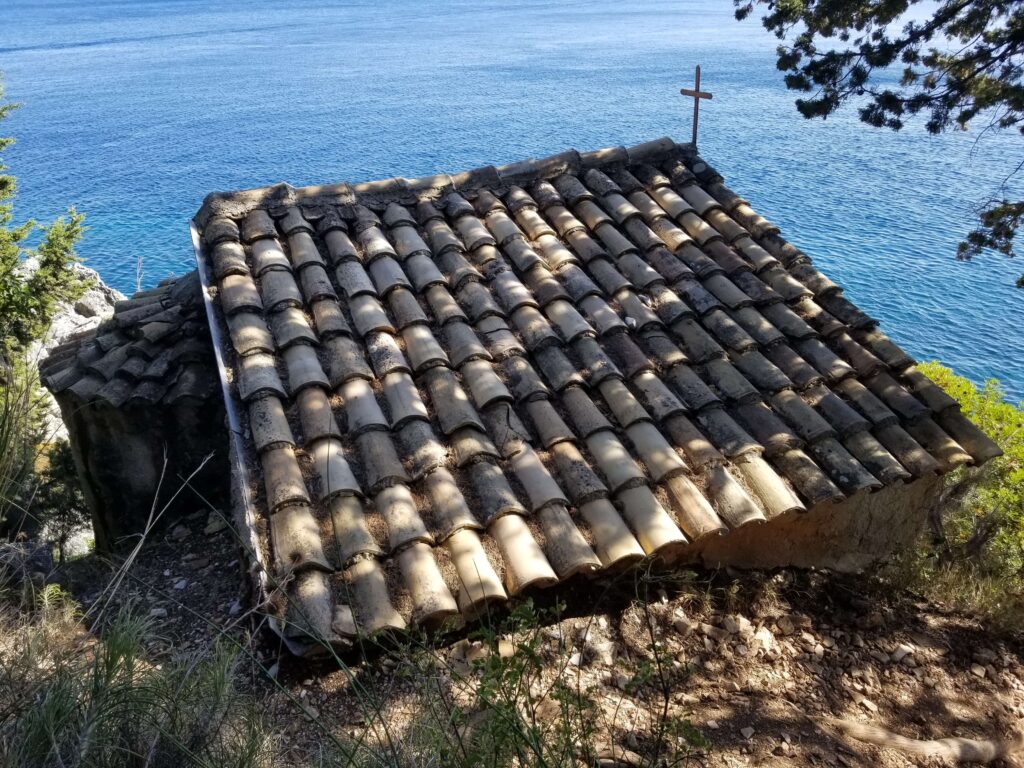
Between Agni and Krouzeri there is a small chapel of St. Arsenios. Above the entrance you can see a cross, and to the left is a semicircular apse, which marks the altar. The chapel was dedicated to Arsenios, the first bishop of Corfu from the 9th century.
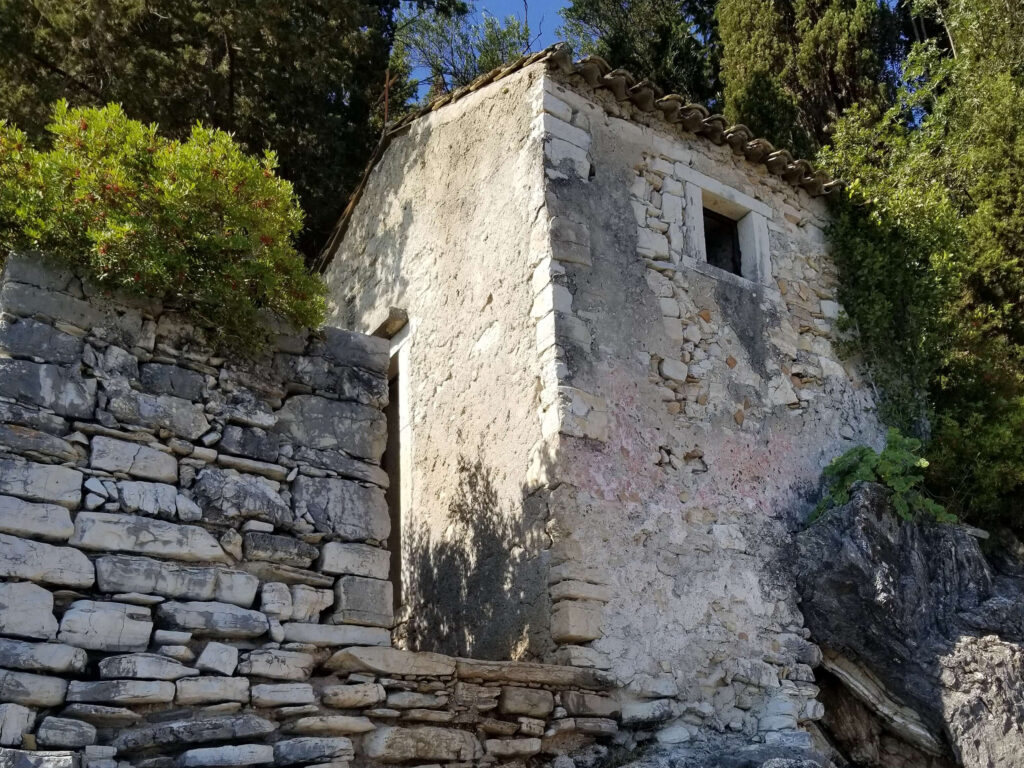
The writer Lawrence Durell especially loved this place. He often came here with his wife, and on these vertical rocks they liked to bathe. He mentioned the chapel in some of his works, such as the book “Prospero’s Cave – a guide to the landscape and customs of the island of Corfu”. There he states that the chapel was built by the fisherman Manolis, when he found the icon of St. Arsenios. The chapel served as a place where the icon was kept.
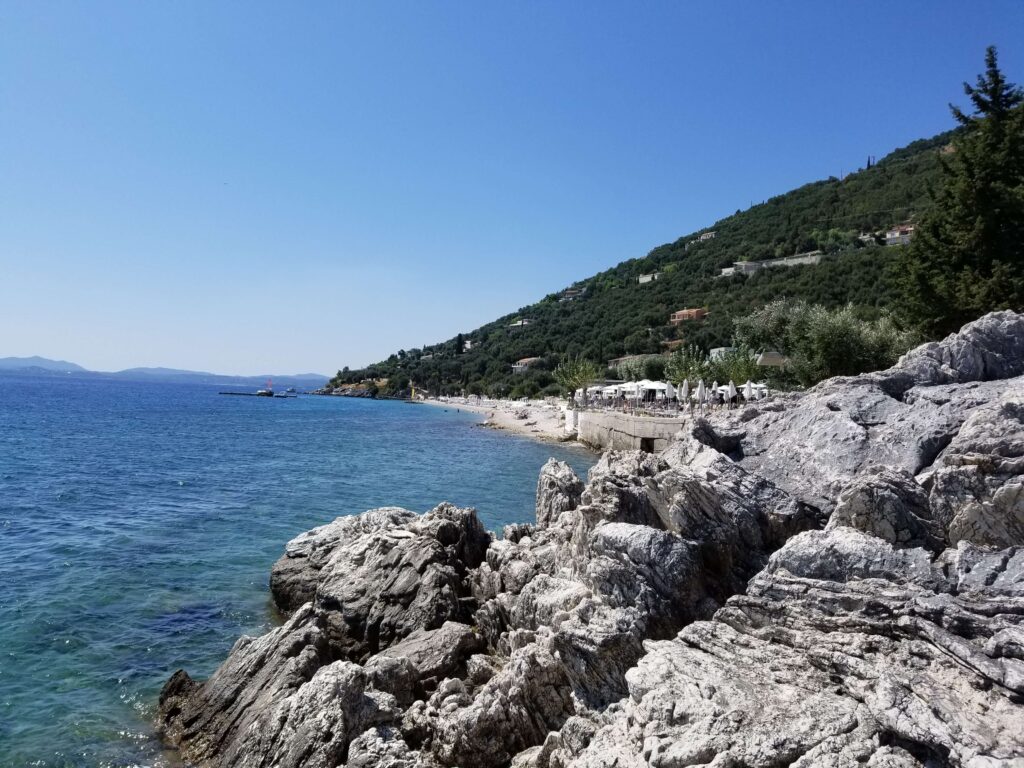
Krouzeri beach is quite urbanized, with hotels, restaurants and sunbeds.

Next to Krouseri is the Kaminaki beach.

On the way back, you can reach Houhulio beach.

Mirtiotica, one of Derrell’s favorite beaches.
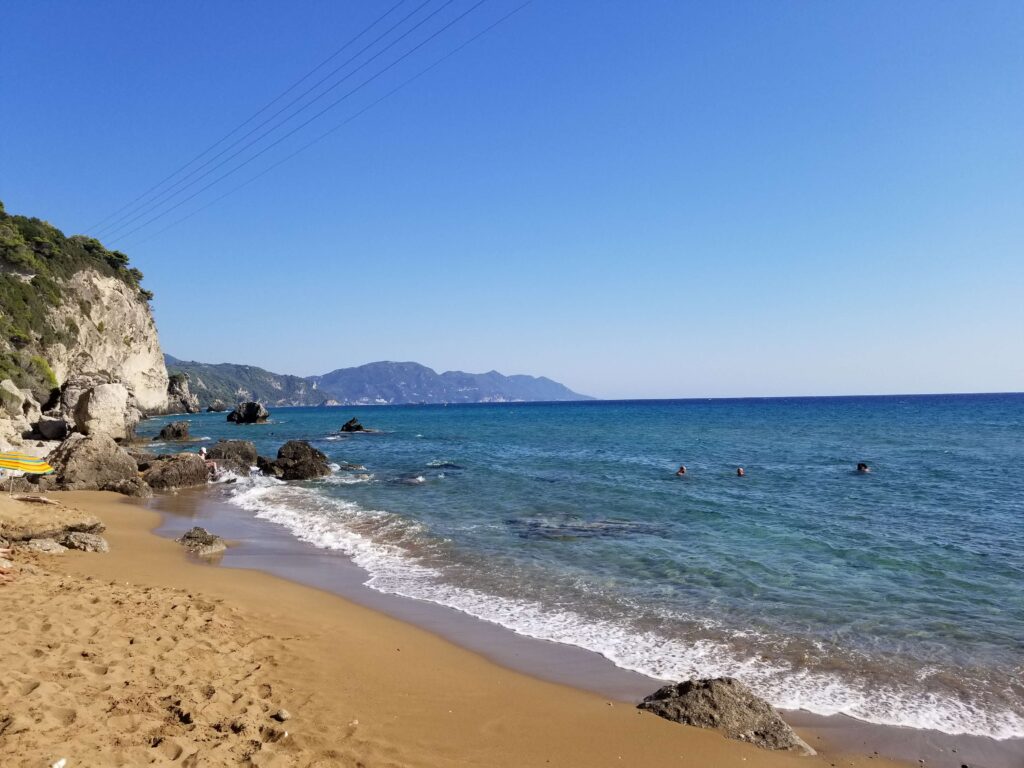
It is not official but it serves as a nudist beach.

Above the beach is the monastery of the Virgin Mary of Myrtiotissa, which rises 100 m above the coast.
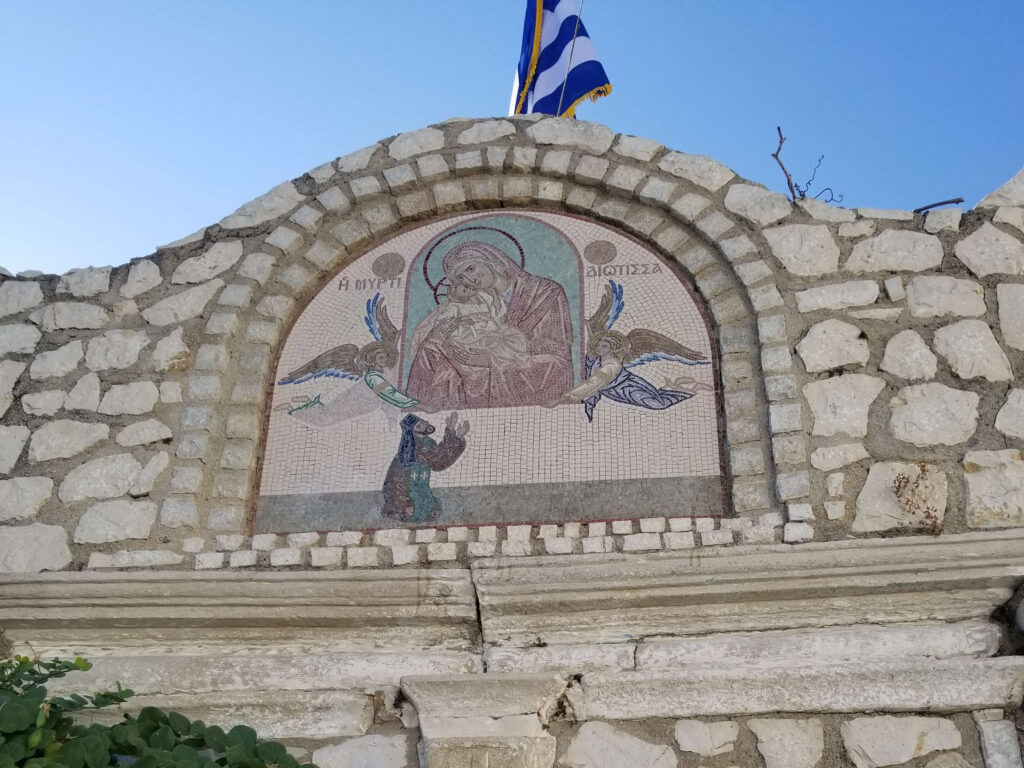
According to local belief, a certain father Daniel had a vision of an angel who showed him that there was an icon of the Virgin Mary in a cave. He found this icon in the cave, and decided to build a church in that place.
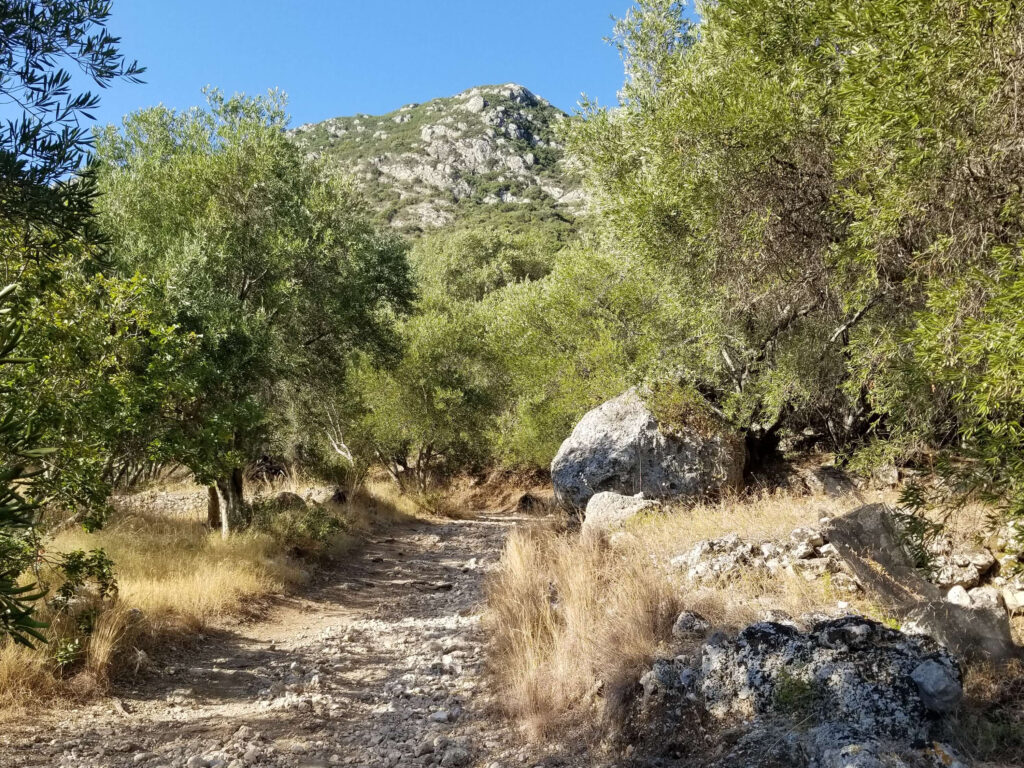
Above the monastery there is a path that leads to the top of Agios Georgios.

The path leads by the sea shore…

…and it leads high up the hill. To the left is the Glyfada Beach, and in the distance Agi Deka hill.
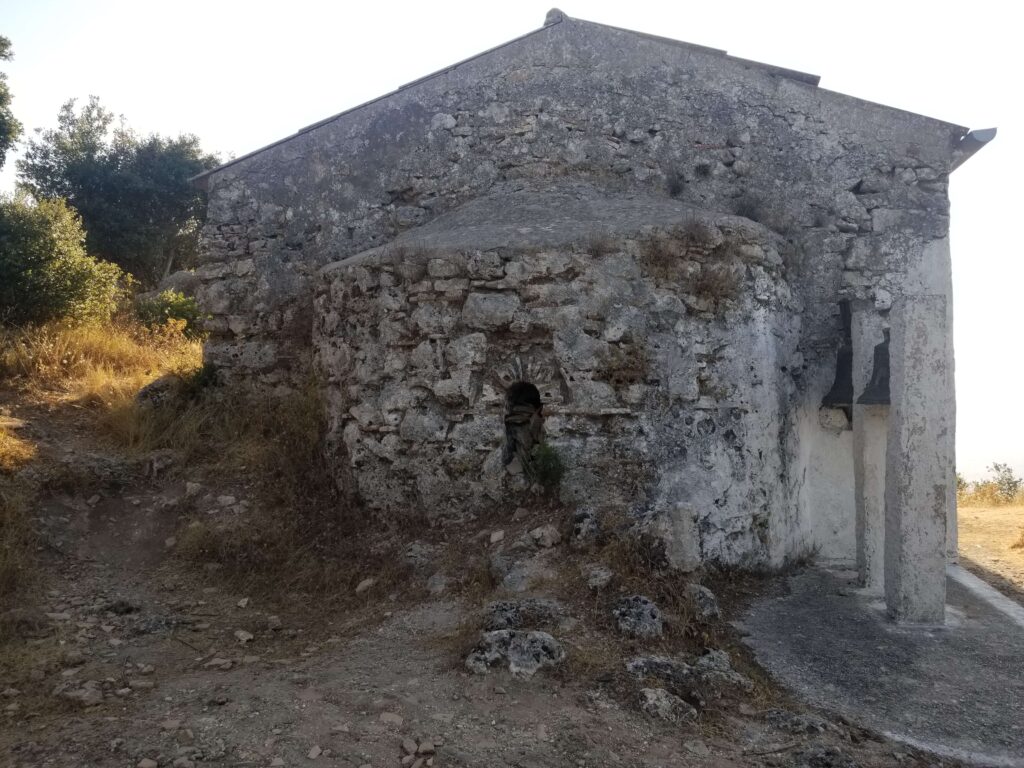
On the top there is Agios Georgios chapel dating from 12th century.

Agios Georgios is one of the most beautiful viewpoints at 400 m above the sea.
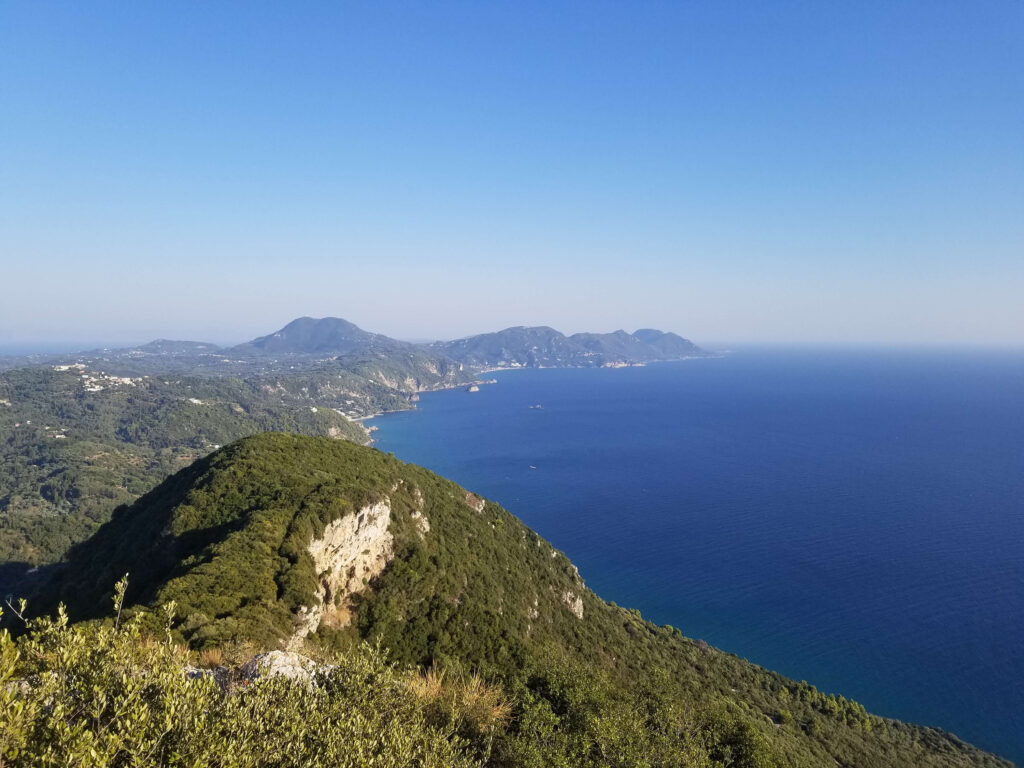
View of the southern part of the island.
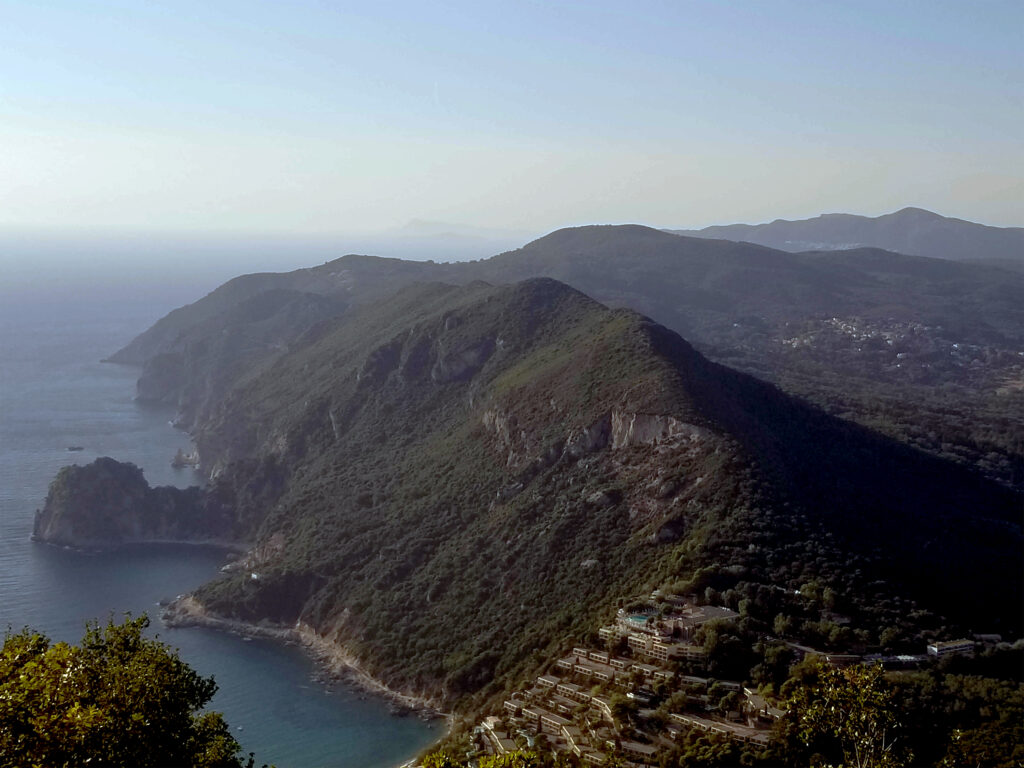
North of the viewpoint is the bay where Ermones beach is located.

And to the east in the distance you can see the city of Corfu.
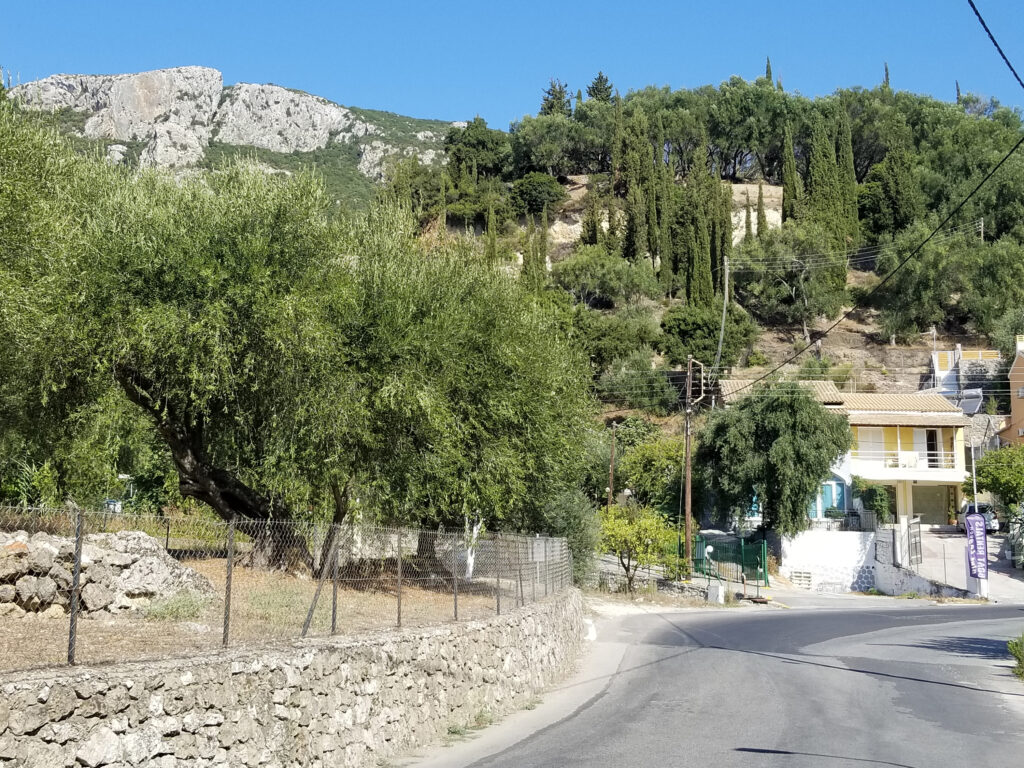
The next day the plan was to visit the beaches around Paleokastritsa.
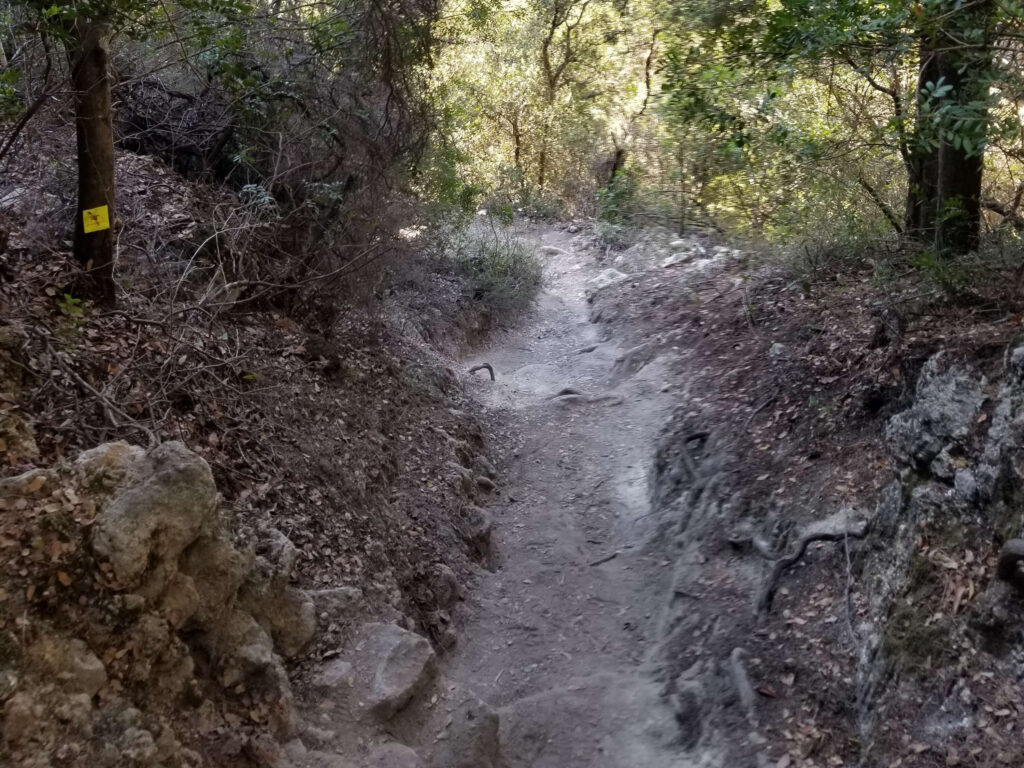
A pedestrian path starts from the very edge of the city.

There is even a ladder in one part.

Liapades is the first beach we approach.
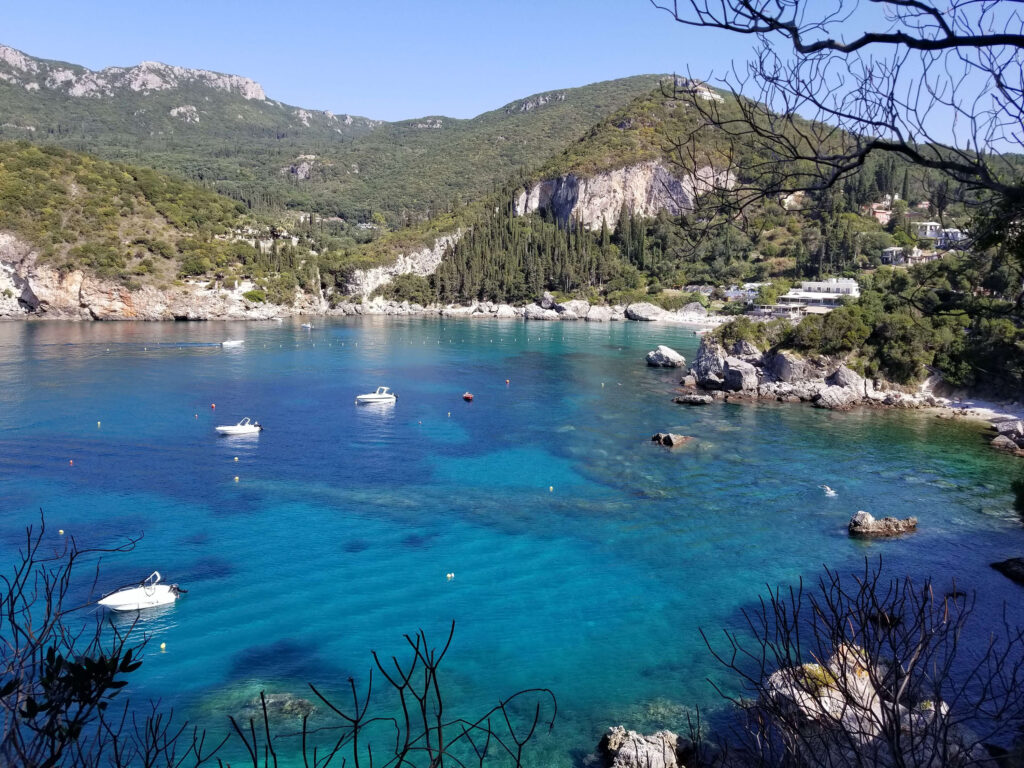
We bypass Liapades beach.
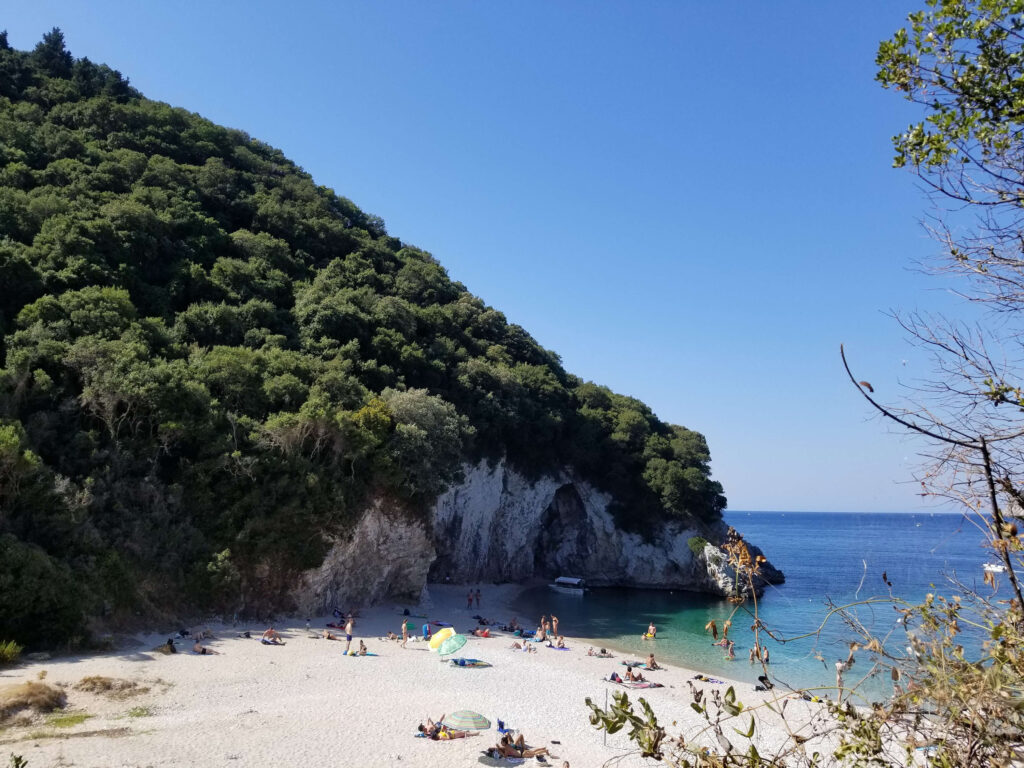
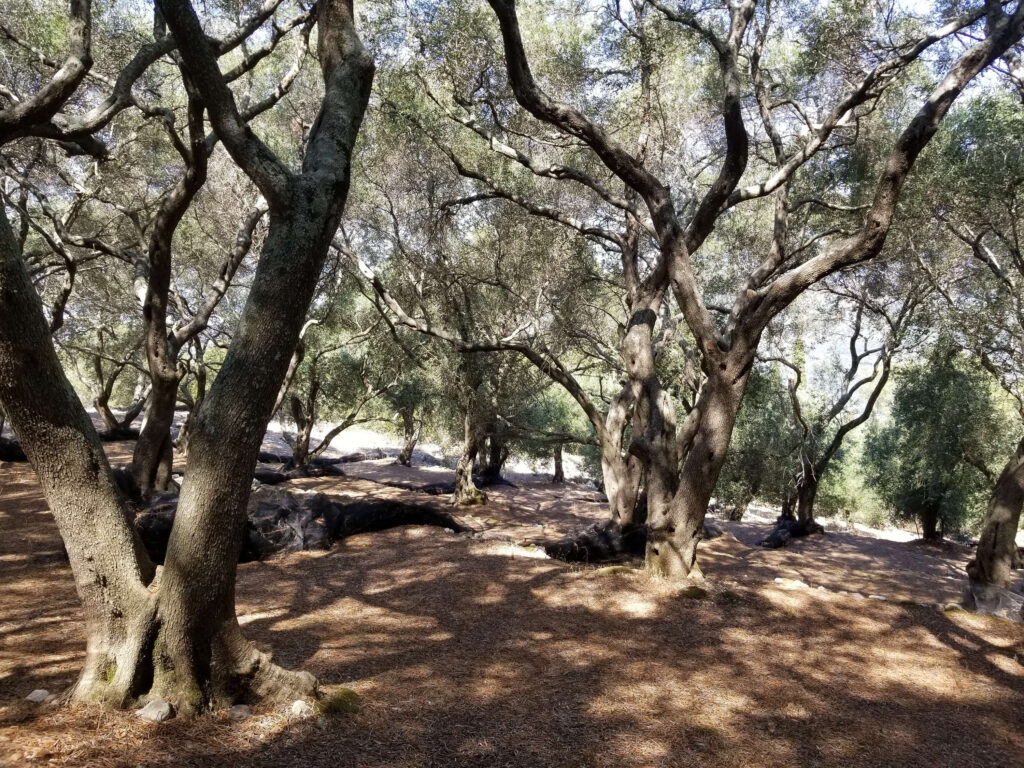
The farthest beach in Paleokastritsa Bay is Liandoros. It is a long walk before you get there. One part goes past olive plantations. There is an interesting fact that two million olive trees were planted on the island during the time it was ruled by the Venetians. They gave ten gold coins as a reward to anyone who planted a hundred olive trees. Some of these trees are centuries old, so they come from the period of Venetian administration.

A dirt road descends to Liandoros beach. In order to reach it, ATVs or all-terrain vehicles can be used, while ordinary passenger cars are not suitable. And if you don’t have an SUV, you can go on foot.

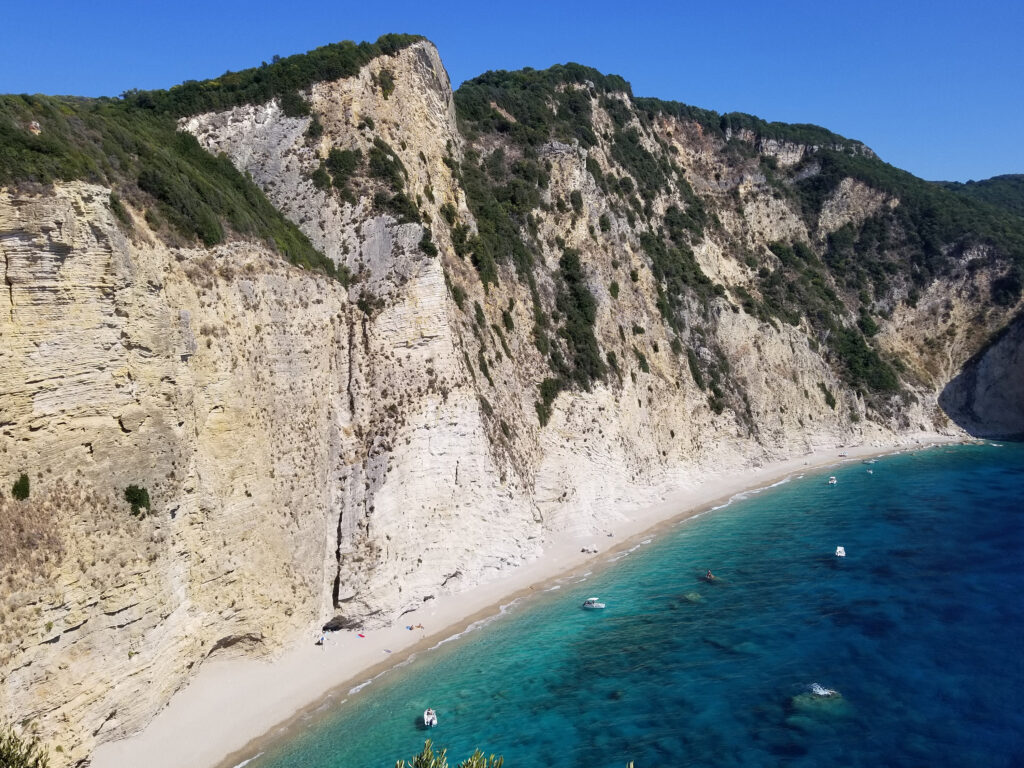
According to the ratings on Trip Advisor website, the Heaven beach is in the top ten.

It is located behind Liandoros beach, but it is inaccessible by land because it is hidden by steep rocks.
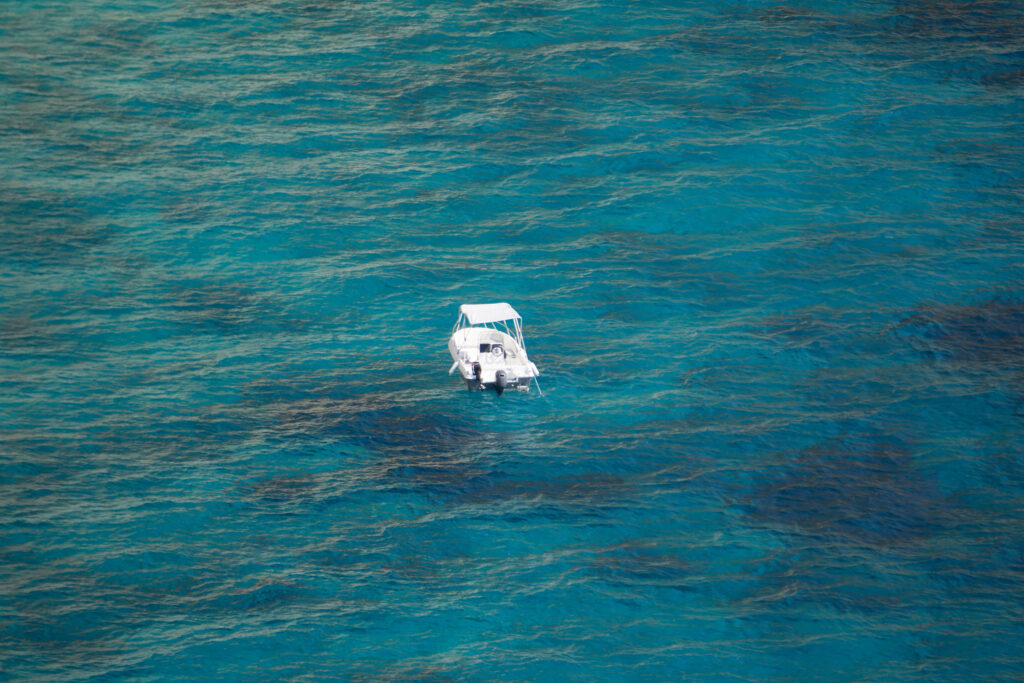
Only those who have boats can access it, and those who don’t can admire it from above.

And the last beaches near Paleokastritsa are Limni and Klimatia.
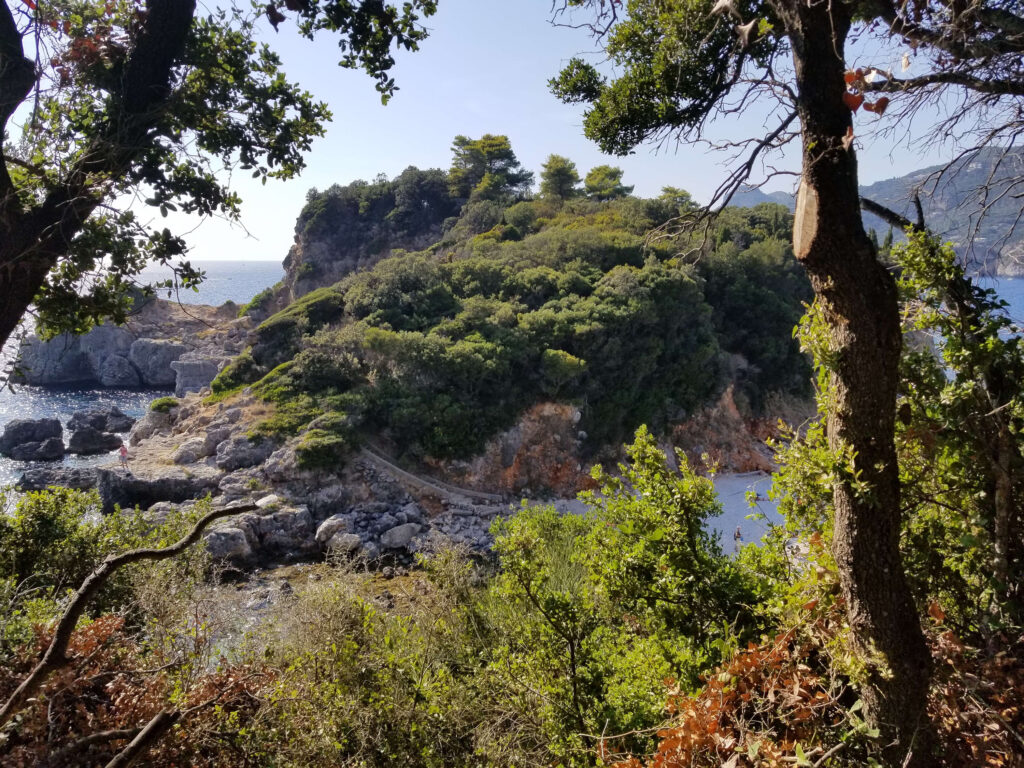
Descent to Limni beach.

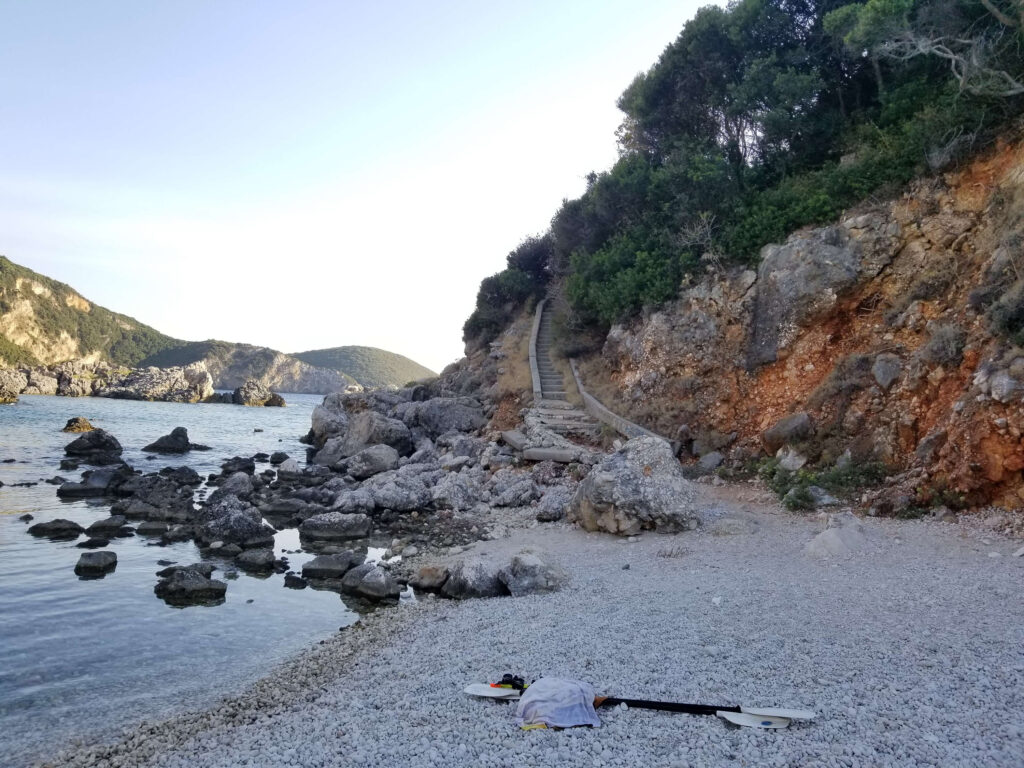
There is a narrow path that leads to the peninsula above the beach.

There is an old well on the peninsula, which is proof that it may have been inhabited not so recently.
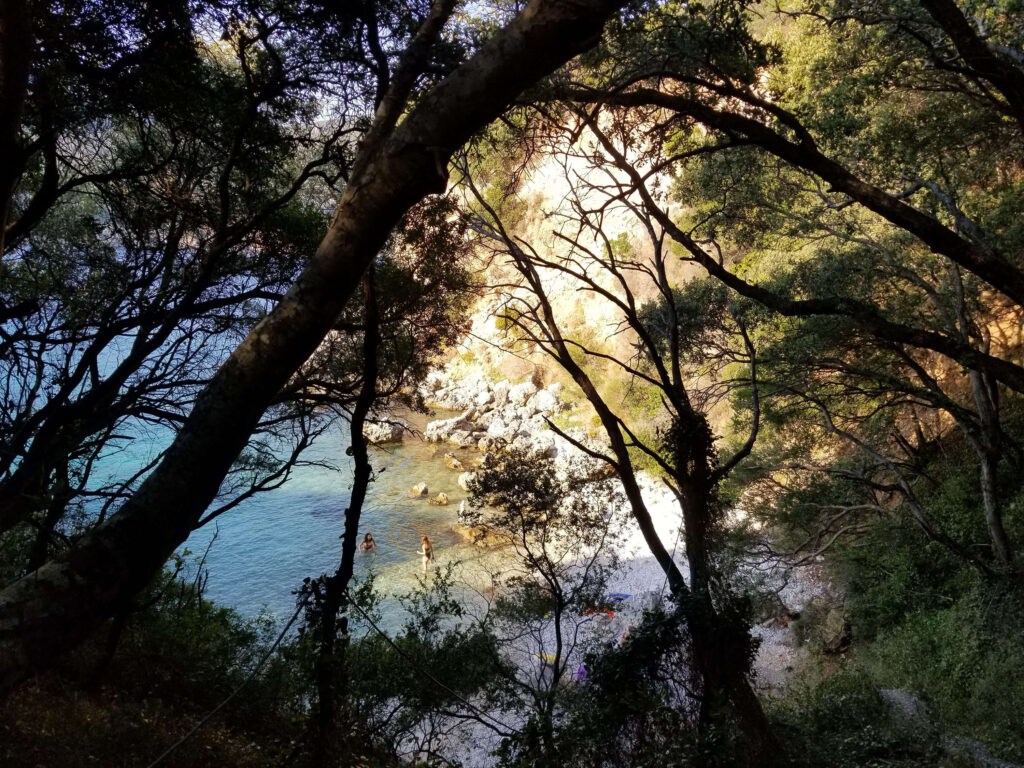
Next to the Limni beach is a small beach Klimatia.
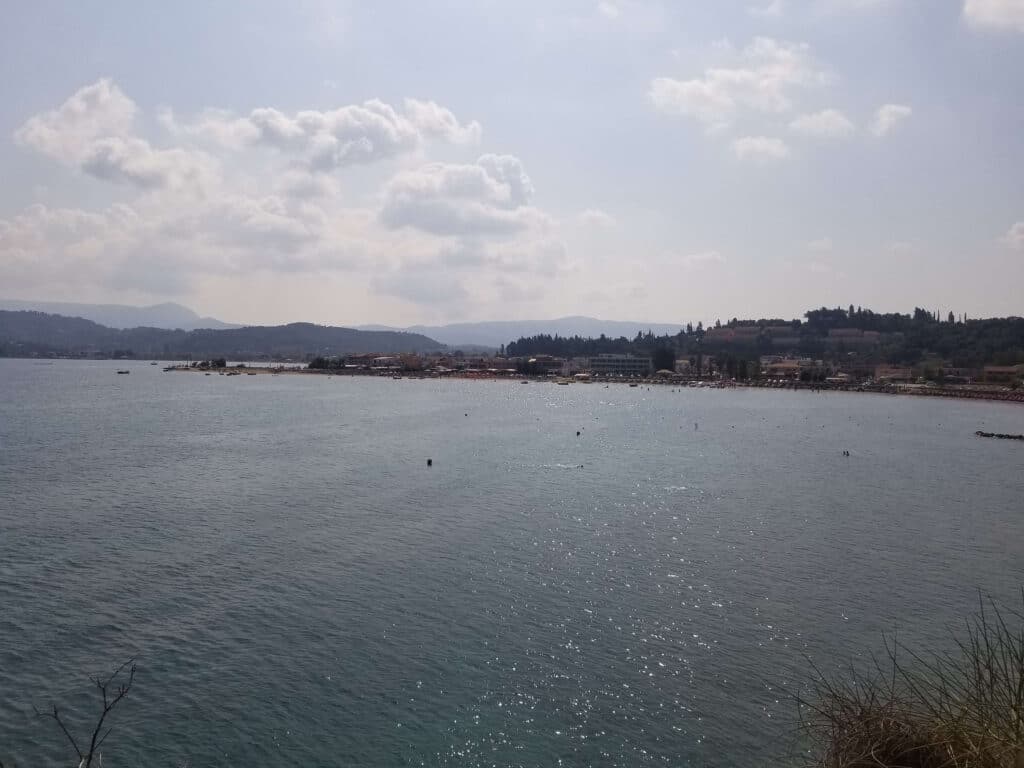
On the northwestern part of the island is the settlement of Sidari.

One of the famoust beaches of the island is here – Canal d’Amour.

Over the centuries the sea and the sand shaped unusual cliffs.

Another name for Canal d’Amour beach is Canal Tou Erota.

… and the slightly more secluded Apotripi beach.
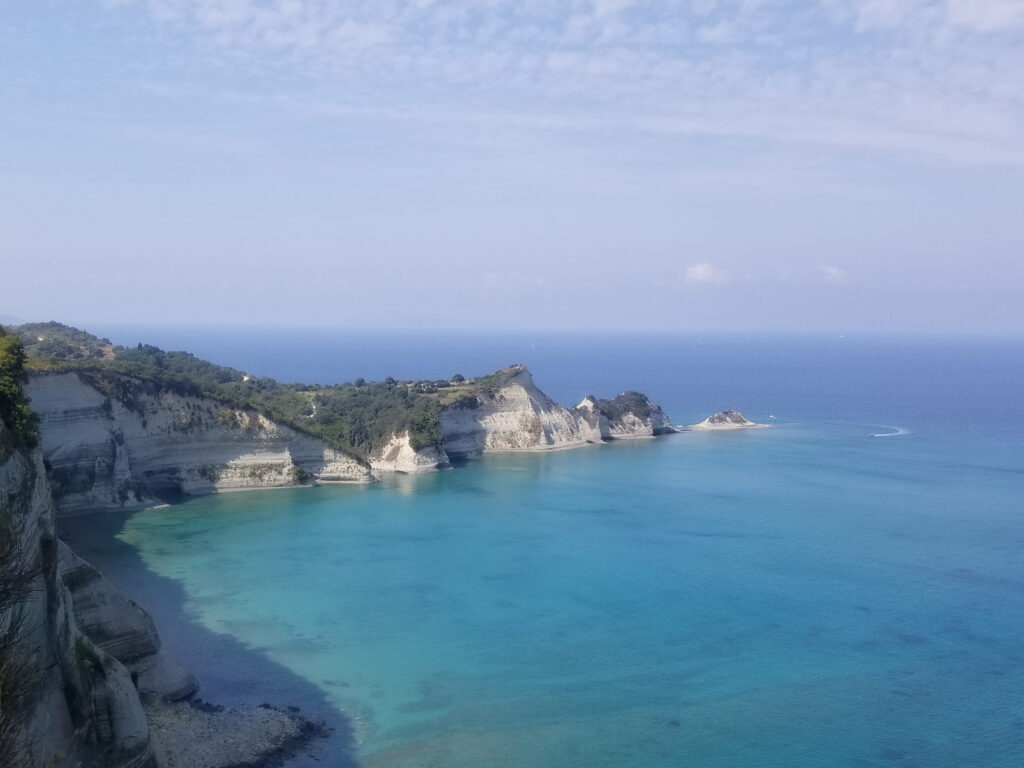
From Sidari there is a footpath that can be used to reach the extreme northwestern cape Drastis.
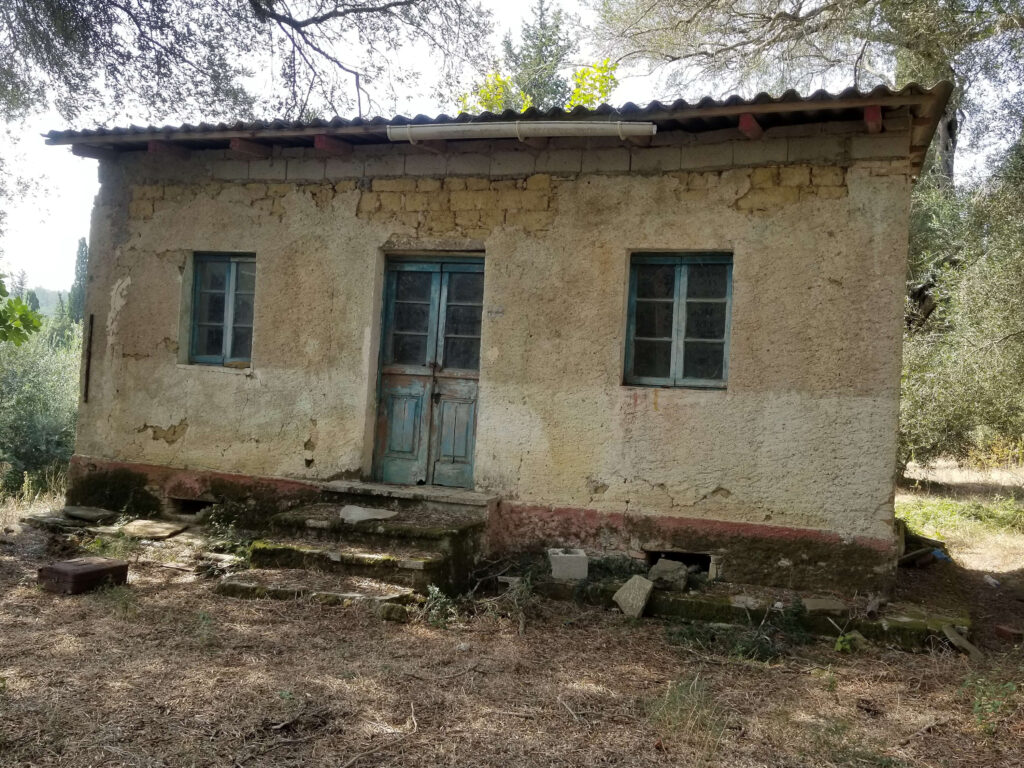
On the way, you come across this lovely old and abandoned house.

Next to the house there is still an unusual old device, perhaps a device for pressing olives, because the house is in the middle of an olive grove. Data on the old technology of olive oil production have been preserved. The women would first collect the fallen olives and bring them in baskets to the place where they were stored. Olives would usually be placed in stone bunkers, after which they would be pressed with the help of a mill – a stone device. The mill was driven by horses. After the first squeezing, a thick pulp is obtained, which is additionally squeezed with the help of a long wooden lever. This way of producing olive oil existed in the Roman period and was maintained until recent days.

During his stay in Greece, one of the poet Lord Byron’s favorite places was Cape Drastis, probably because the cliffs reminded him of the coast of Devon in his native England.
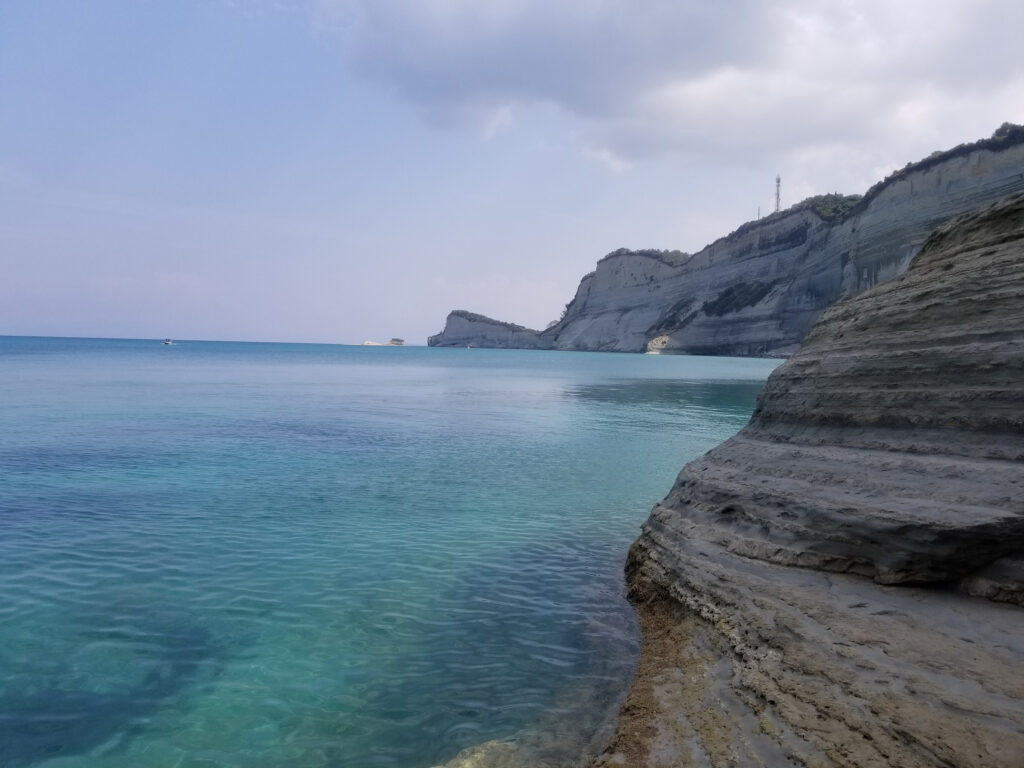
On all sides the cape is surrounded by vertical cliffs….
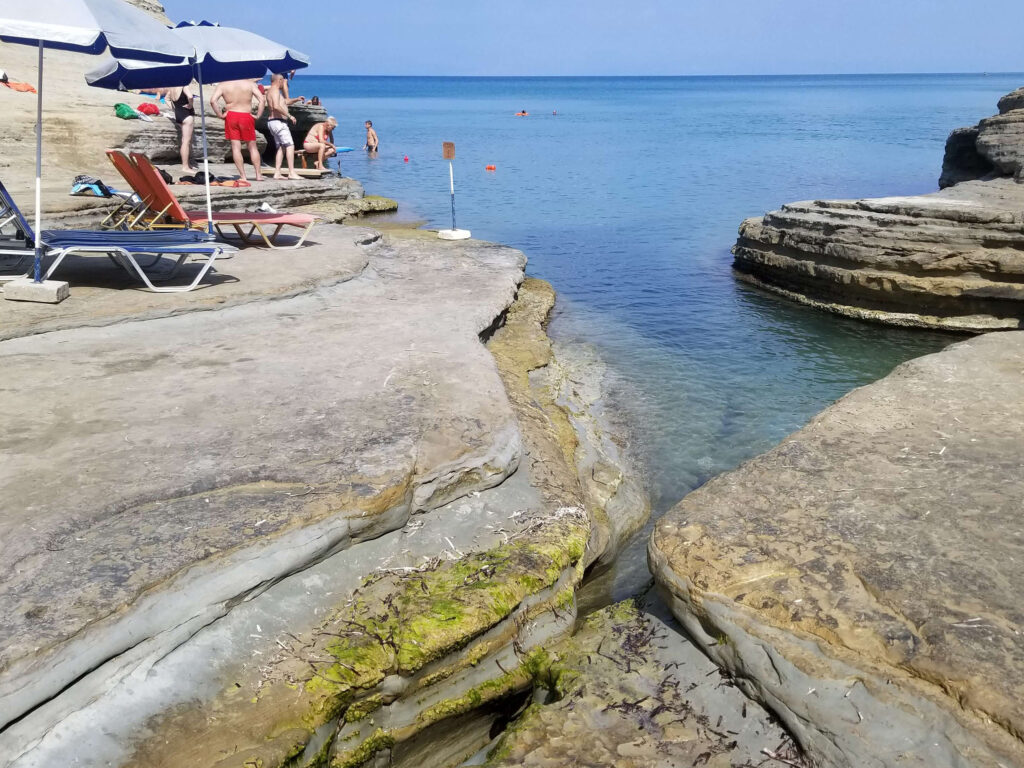
…and in only one place is it possible to go down to the shore and swim.
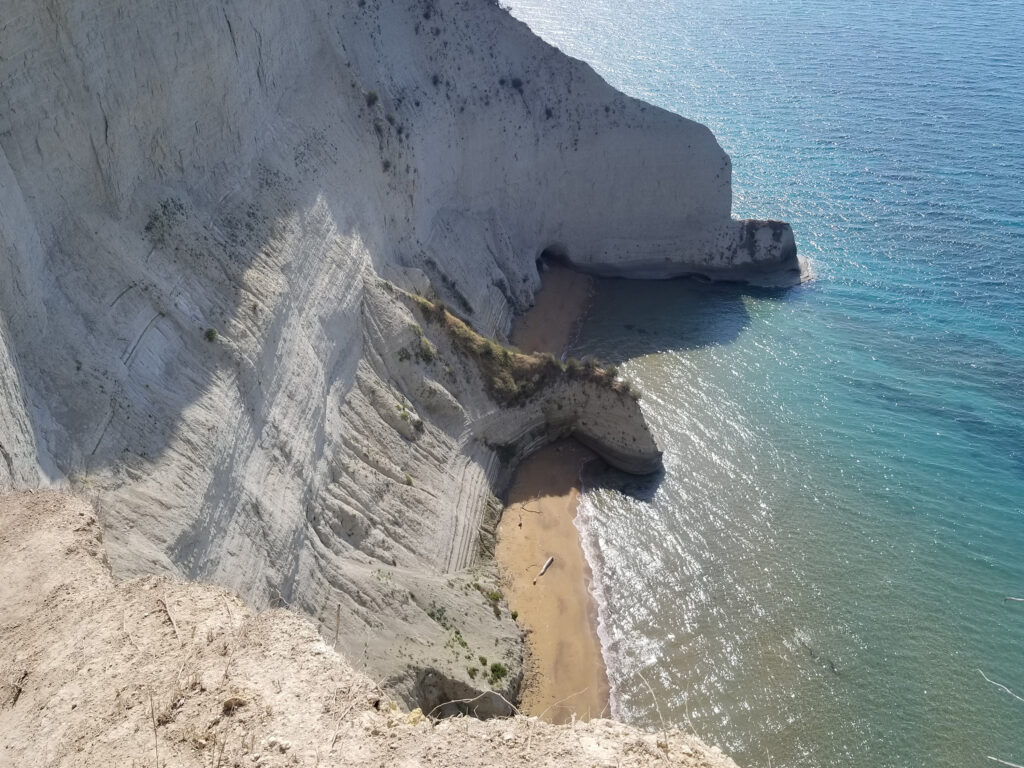
There are numerous small coves and beaches in the area, which can only be reached by sea.

Calypso’s island can be seen in the distance, where Odysseus landed after the shipwreck in which all his companions died. The nymph Calypso received him and Odysseus enjoyed great happiness and love for seven years. But his restless spirit did not give him peace, because he longed for his homeland and his wife Penelope, so after the seventh year he left the island of Calypso and after another shipwreck he reached Corfu.
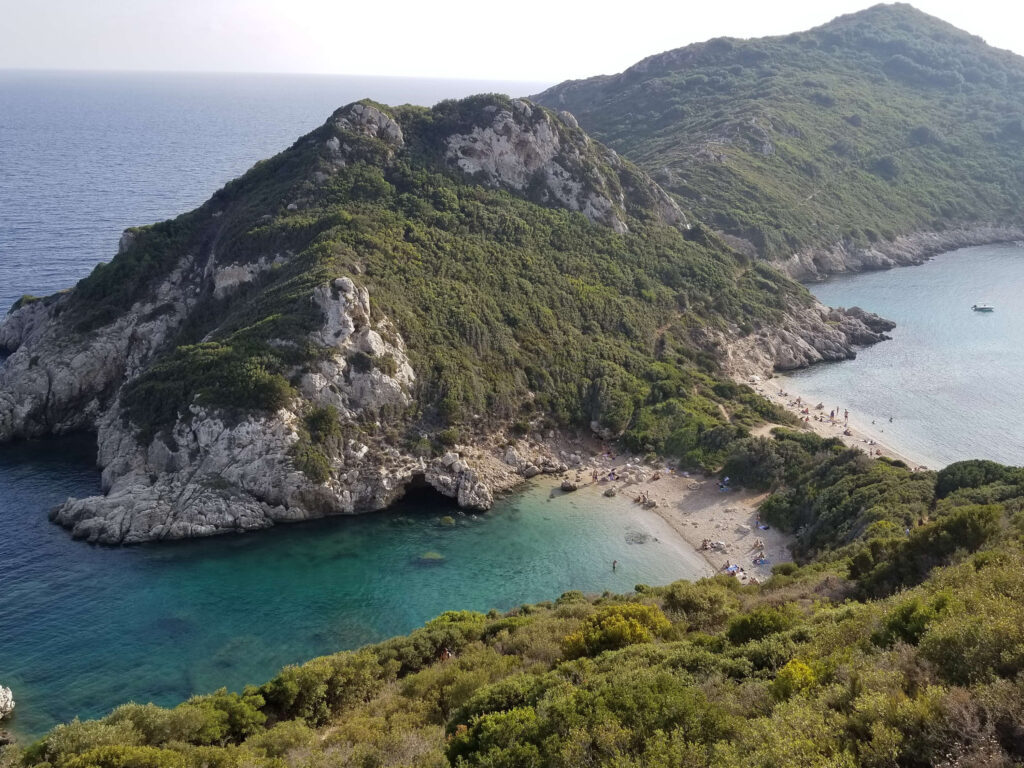
The top 10 beaches on Corfu include Porto Timoni. This beach stretches on both sides of the breakwater, which connects the mainland with the small peninsula.

A steep footpath leads to the beach, and to the left of the path you can see the long beach of Agios Georgios.

In ancient times, Porto Timoni was a hideout for pirates, from where the pirates used to launch their robberies into the interior of the island.
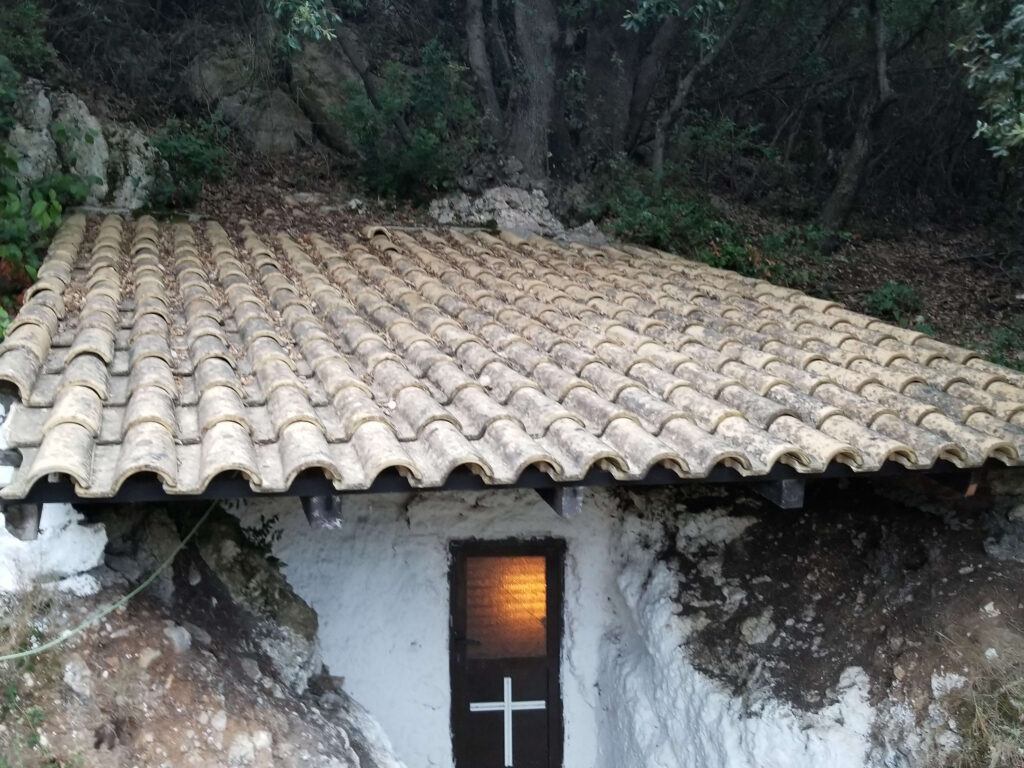
In the interior of the peninsula above Porto Timoni, there is a small cave chapel dedicated to St. Stylianos, who was the protector of born and unborn children.
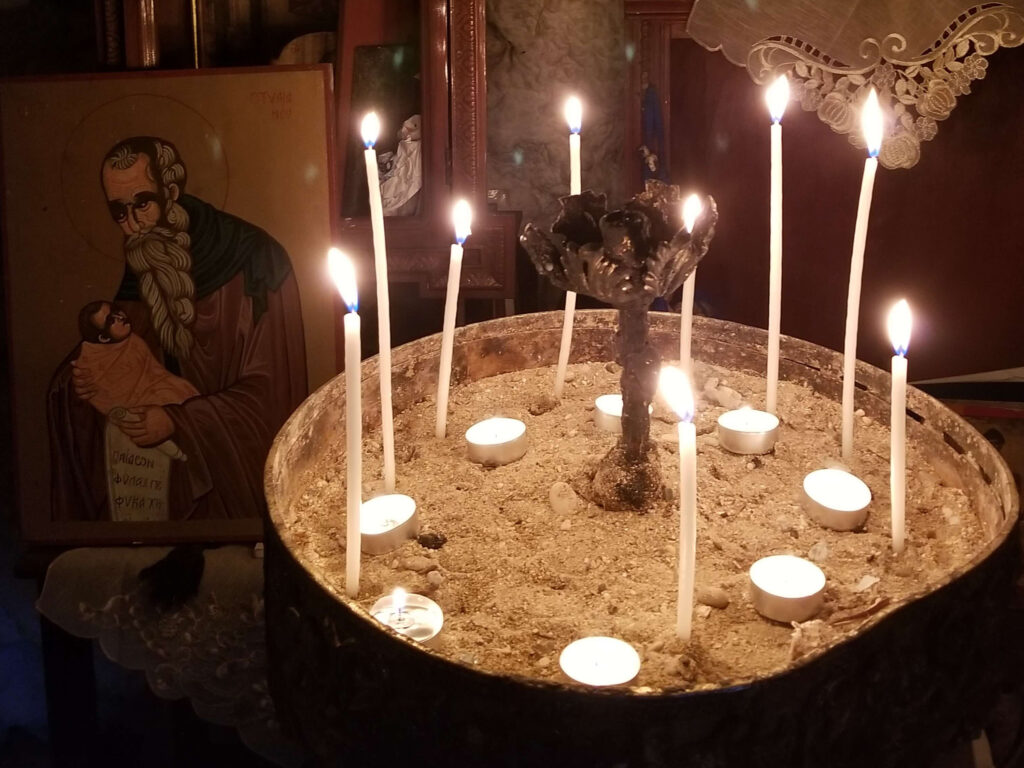
He became famous and respected for his miracles, healing a woman from infertility and bringing a baby back to life. That is why in the icon he is presented holding a child wrapped in a blanket.

On the northernmost part of the island, there is a trail from Almiros beach to Agios Spiridonas beach.

A small bridge passes over the canal…

….that connects sea with a lake.
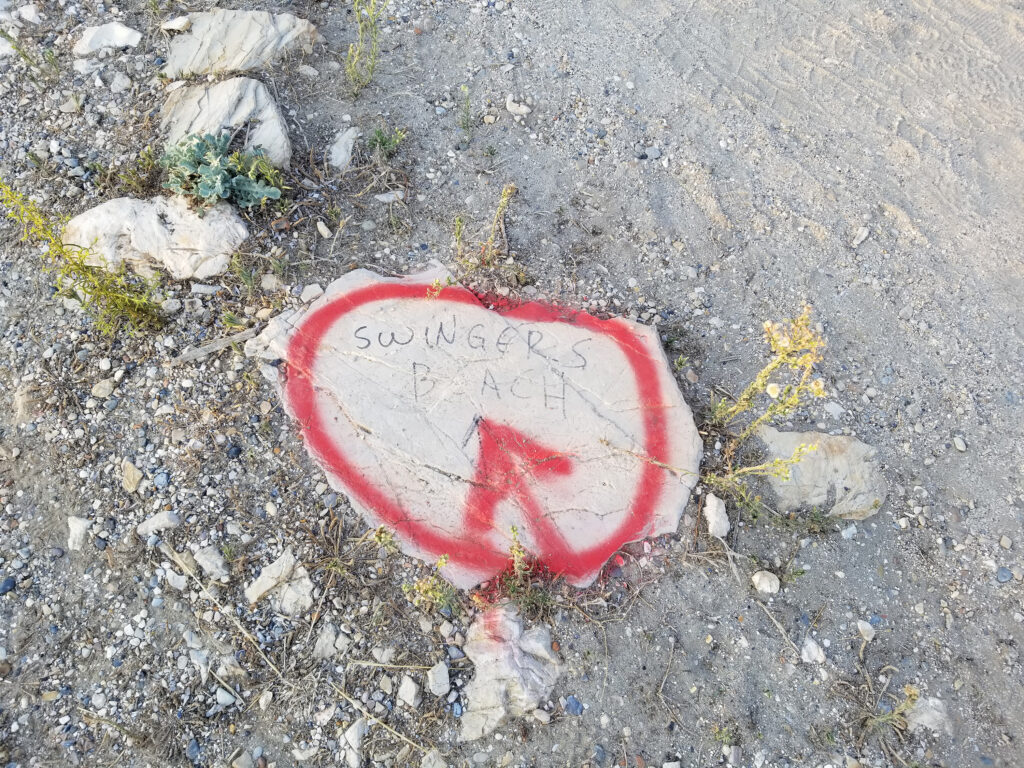
When you cross the bridge, you go to a beach with a strange name. Anything and everything happens in Corfu, and many people are not even aware of it.

The northernmost point on the island, Cape Agia Ekaterinis, is soon reached.

On the shores of the Mediterranean, one can often come across this lovely plant. It is a sea onion – Drimia maritima.
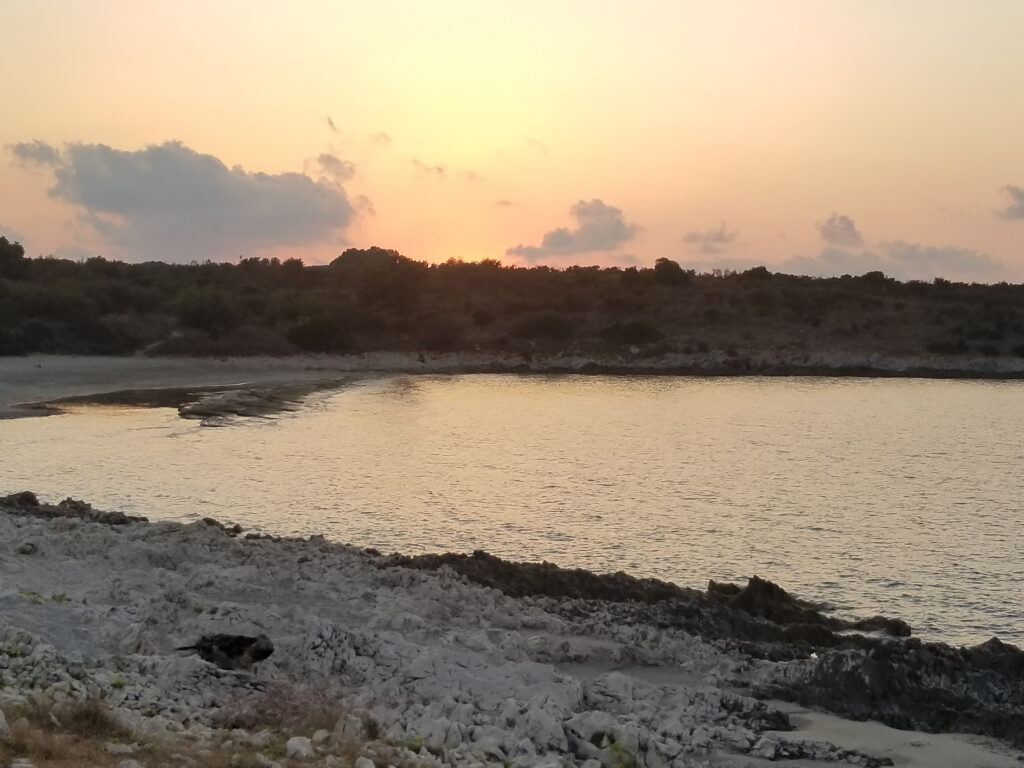
At the end of the trail you will reach two beaches, Gialiskari Beach….
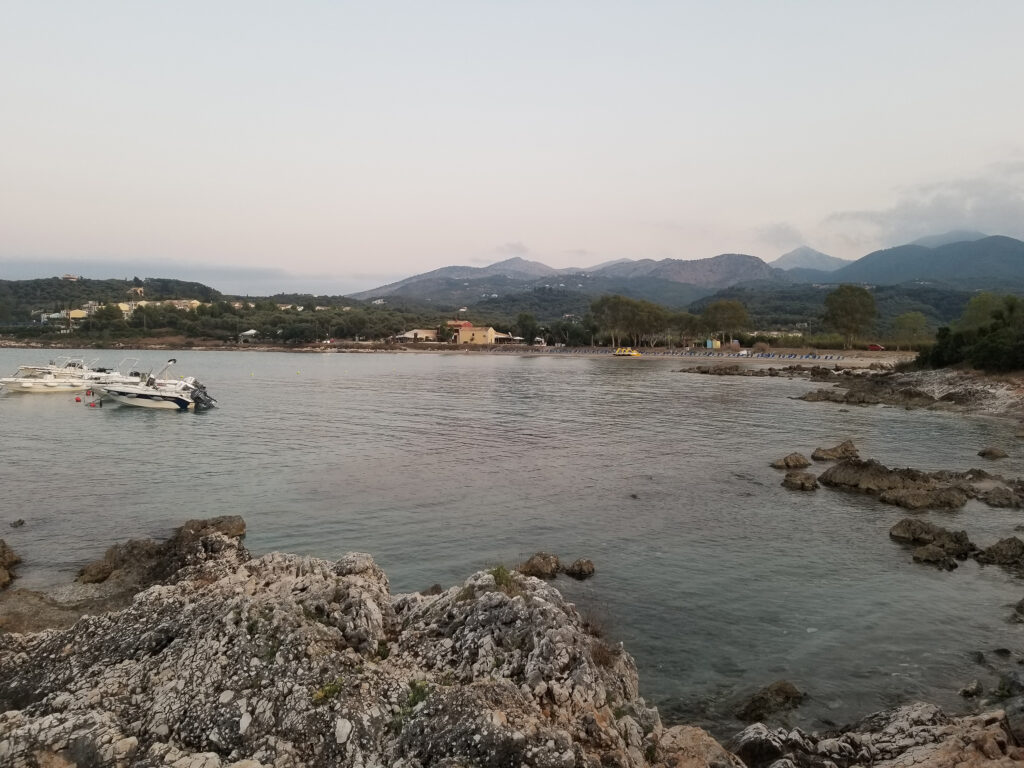
….and Agios Spiridonas.

On the way back, you pass Lake Antinioti, which is part of Natura 2000 protection area.

In the forest, not far from the lake there is an old abandoned monastery.

The monastery of Agios Ekaterini, after which the northern cape got its name, was built in the 18th century, during the rule of Venice on the island. The main portal of the church is made in Baroque style, while the stone inscription above the portal is written in Greek.

In the interior of the church, you can see a wooden baroque iconostasis, which tells us that the church is Orthodox, regardless of the fact that it was built in the time of the Venetians and in the classic baroque style, which the Venetians used to build their Catholic churches. The Venetians ruled Corfu for several centuries, which was mostly inhabited by Greeks.
Check other Corfu’s Wonders Corfu Town, Myths and Legends, Medieval Castles, The Achilleion Palace and Mount Pantokrator.
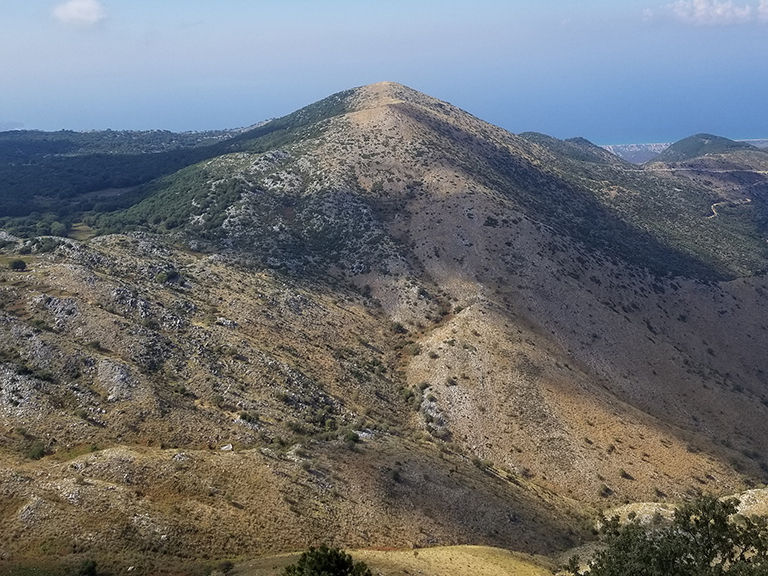
Corfu was the island on which many ancient Greek myths and legend took place. According to the Greek mythology first inhabitants
Read More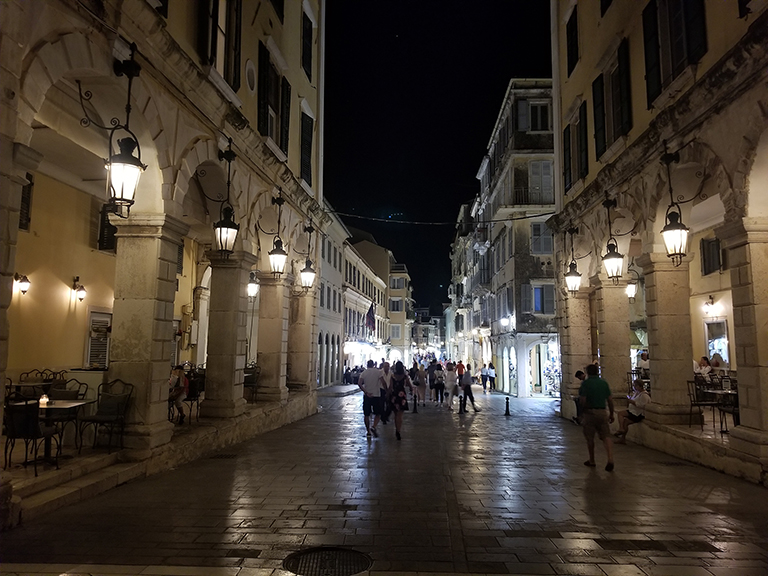
Charming and Romantic Town of Corfu has strong cultural and architectural influence of the Venetians. You can admire ancient Pal
Read More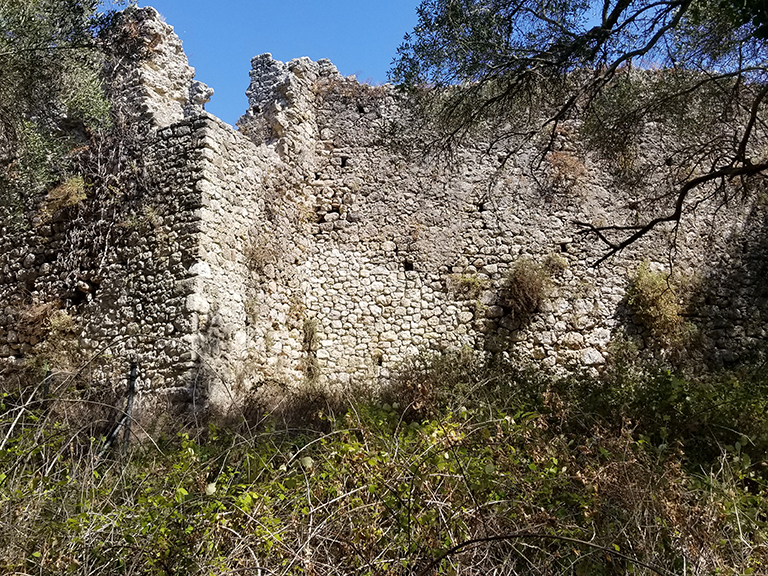
In this article you will find out more information about medieval castles built by Byzantines and Venetians during Middle Ages a
Read More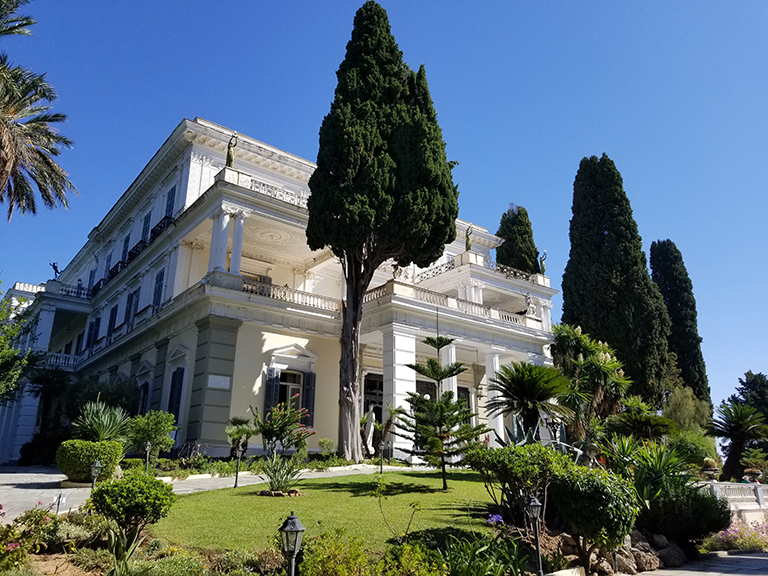
Achilleion is located at a village of Gasturi, ten kilometres south of the city of Corfu. Built on the top of the hill it prov
Read More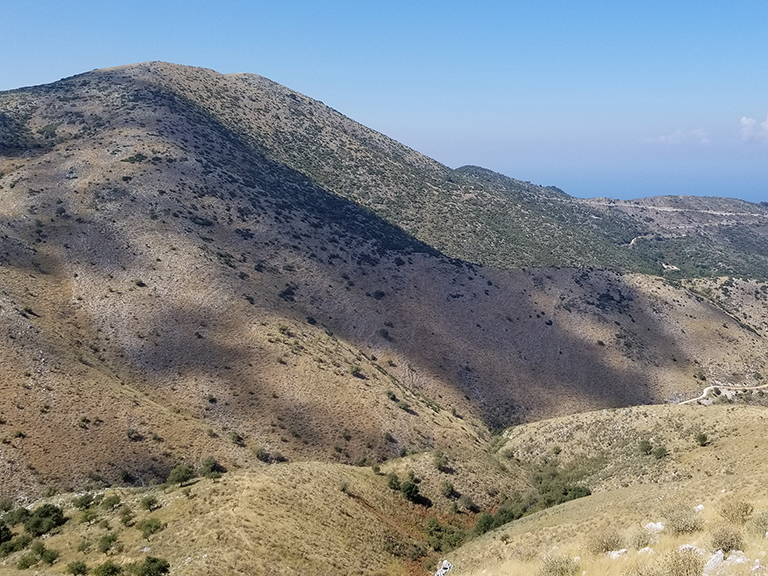
Mount Pantokrator with height 906 metres (2,972 ft) is the highest mountain on the Corfu island. From the summit you can see ent
Read More